It was a bright crisp morning in April, the next Sunday after Easter. Aeroplanes were drawing maps all the way from London down to Sussex. It was a constant distraction, I needed to make frequent stops to check the sky. No wonder I avoid sat-nav.
I prefer a hard copy map, one that surrenders to my gaze and doesn’t talk back. We reached our destination and found one by the village hall car park at Ditchling and set off to find the museum.
We first came here about twenty years ago, by train from London Victoria to Plumpton racecourse, then walked across country to find the museum, in search of previous Rowley Gallery connections.
There were displays of country crafts, tools and costumes and an exhibition of work by Ditchling artists in the old village school; Eric Gill, Edward Johnston, etc. It seemed like a labour of love.
But since those early days the museum has had a magnificent makeover and in 2013 it reopened as the Ditchling Museum of Art & Craft. The old barn alongside the schoolhouse is now a shop and café.
And the entrance to the museum features a fantastic cabinet of curiosities. The museum is now so well appointed that it has become a place to admire the architecture as well as the exhibits.
This short video tells the story of the Ditchling Museum’s rejuvenation.
This is a watercolour by Frank Brangwyn, Ditchling resident and great friend of A J Rowley, founder of The Rowley Gallery. He designed many of the marquetry panels that were such a feature of The Rowley Gallery’s early success. He also designed the Rowley Gallery Frieze.
But then I saw the sign – No Photographs – so here are some of the museum postcards…
Sim Canetty-Clarke: The Curators (Hilary & Joanna Bourne), 1986
In 1985, when they were 78 and 76 years old respectively, Joanna and Hilary Bourne bought the former school in the village of Ditchling and opened the first Ditchling Museum. The sisters had spent their childhood in the village and mixed with the children of many of the artists whose work would eventually be included in the museum’s collection.
Philip Hagreen: Trying to make ends meet, c.1936-47
Wood-engraver Philip Hagreen, a committed distributist, used his work to campaign for social change, the wit of his illustration illuminating difficult political issues to great effect.
Eric Gill: Trousers & The Most Precious Ornament, published by Faber & Faber, 1937
The pivotal Ditchling artist is of course Eric Gill, the deeply complex and devoutly Catholic letterer and typographer. Gill came to Ditchling in 1907, and from then onwards, the small village became home to a group of artists and craftspeople who stayed true and loyal to the ideals of the Arts and Crafts movement. Often devout and other-worldly – Gill established The Guild of St Joseph & St Dominic in Ditchling and ritual, liturgy and prayer were integral to their lives – and certainly artistic and eccentric by modern standards, the artists were also devoted to the highest levels of craftsmanship and quality.
Philip Hagreen: A Trug, 1949
Philip Hagreen: Feet & Shoes, date unknown
Edward Johnston: Way Out, Brompton Road, 1916
Edward Johnston was a calligrapher who had taught Eric Gill and was responsible for the famous Johnston typeface used by London Underground.
Hilary Pepler: Donkey puppet
Hilary Pepler was a poet and letterpress printer at the Guild of St Joseph and St Dominic and perhaps also a puppeteer.
Eric Gill: View of Ditchling, 1918
In her biography, Eric Gill, Fiona MacCarthy writes –
Ditchling has attracted several generations of artists, architects and craftsmen of a certain slightly awkward and reclusive personality – Frank Brangwyn, Ernest Richmond, Ethel Mairet the weaver, Amy Sawyer the calligrapher, Fred Partridge the jeweller. Bernard Leach, the potter, at an especially emotionally fraught period of his life, pitched a caravan at Ditchling looking over the flat land behind the South Downs where he and his friend Laurie lived what he described as a quiet, rather remote but healthy life walking miles over the grasslands, seeing friends in Ditchling village, gathering mushrooms, yellow wild raspberries and plums in a deserted garden. In that English arts and crafts world Ditchling had a special resonance. It came to seem a kind of refuge, a panacea.
We left the museum and walked over the green to the church, past the picturesque half-timbered Wings Place, sometimes called the Anne of Cleves house, and until recently home to Jamie Theakston.
The churchyard was a field full of stones overlooked by a magical magnolia tree…
There’s a tea shop around the corner called Mister Magnolia, named after a favourite book by Quentin Blake, and it reminded me that shortly after our previous visit we found another children’s book that happened to be set in Ditchling, aka Itching Down.
John Vernon Lord & Janet Burroway: The Giant Jam Sandwich, ©1972
The hilarious story of how a town deals with a gigantic swarm of wasps is a favourite world-wide.
We had a pub lunch in the garden of The Bull. Fortunately we were not disturbed by wasps.
Then afterwards we went in search of the path to one of the highest points on the South Downs.
The trees were still without leaf but spring flowers were all around. Our way was marked by celandine, wood anemone, marsh marigold, sweet violet, primrose, all welcome signs of the changing season.
Just as we began to climb the northern slope of the Downs we came upon a field of well-tended grapevines, later identified as Plumpton College vineyard. They offer a degree in wine production and the estate produces a celebrated range of wines including the surprising Cloudy Ridge Red.
Click on the image above for a closer panorama. I imagine Eric Ravilious walking here; I remember his painting Chalk Paths, its white lines reflected in today’s skies painted with vapour trails.
The trig point at the top of Ditchling Beacon.
After the enclosed shelter of the steep path up to the summit, we emerged into the spring sunshine beneath a huge sky and spectacular views in all directions. But it was suddenly impossible to hear each other, our ears were full of the wind. Like two shells and a raging sea.
I was reminded of David Stubbs‘s slow grown South Downs painting Tree Near Birling Gap.
The scent of gorse is like coconut in the heat of the sun.
Chalk tracks on the ground and chalk traces on the sky.
Our path led us back into Ditchling down Beacon Road and a curiously familiar house. A few years ago, when I was exploring the history of The Rowley Gallery I’d been sent the following document.
HILLWAY HOUSE, Beacon Road
Hillway was designed by Arthur Joseph Penty (1875-1934), a Yorkshire architect and Fabian, who abandoned a successful family architectural practice to follow his ideal of a return to the Guild system in architecture. Through this interest, Penty knew many of the Ditchling artists and craftsmen. He and Gill, despite differences, had a grudging respect for one another. He also knew Ethel Mairet, David Jones and Hilary Pepler.
When he married his American bride, Violet, her father agreed to pay for a suitable house for the couple and Ditchling became an obvious choice for his new home. In 1923 they bought the Great Jointure field from Frank Brangwyn and Penty began the designs for the house which was not only to become their family home, but was also to encompass his principles of domestic design. Building began and a plaque was made with the date 1924, but some way into the project building work was stopped. Apparently Penty had seen one of the patients from Greyladies, the house almost opposite Hillway, which was at that time a nursing home for lepers. Penty decided that this was not a suitable environment for his family, and the house was left with just the foundations and low walls for quite some time, making a good playground and paddling pool for local children.
In 1927 Penty sold the land back to Brangwyn, who then sold it to his friend A J Rowley, founder of the Rowley Gallery in London. The house was completed with Penty as the architect but with revisions in the design to take account of the fact that Rowley had 10 children. It was not finished until 1930 belying the date 1924 above the front door.
The house forms the basis for many of the examples of vernacular design given by Penty in his book, ‘The Elements of Domestic Design’ published in 1930, where he sets out a case for using ‘primitive’ source material and basic forms to generate all the aspects of a domestic building’s design. The bricks for Hillway for example, were imported from Belgium, where they were still handmade to the smaller size that had been traditional in England until the introduction of mechanised methods of production.
Then a little further up the road, at 15 South Street, we came upon The Jointure and The Jointure Studios, former home of Frank Brangwyn and now offering bed & breakfast accommodation.
Above is the view from his window and below is the view from Country Life magazine.
We arrived at Mister Magnolia‘s coffee shop just in time for tea, a perfect end to a perfect day.
Ditchling Museum of Art + Craft / The Bull / The Jointure Studios / Ditchling Beacon
Walk the walk: Delightful Ditchling’s Downs
※
A POSTSCRIPT
Just as I was finishing off this blog post a portfolio of engravings by David Jones arrived at The Rowley Gallery. He had learned engraving at Ditchling as a member of the Guild of St Joseph and St Dominic. It was such a remarkable coincidence that I felt obliged to share a few of them here.
The Hound of St Dominic
The Piping Fisherman & The Dog Thrown From The Window (Aesop)
The Headpiece for ‘The Ancient Mariner’
Vespers (Ancient Mariner)
Death & The Life in Death (Ancient Mariner)
Animals Kneeling
Stepping Stag
Naked Girl Bearing a Cartouche
Pompey the Little: Tailpiece
A Reclining Cat








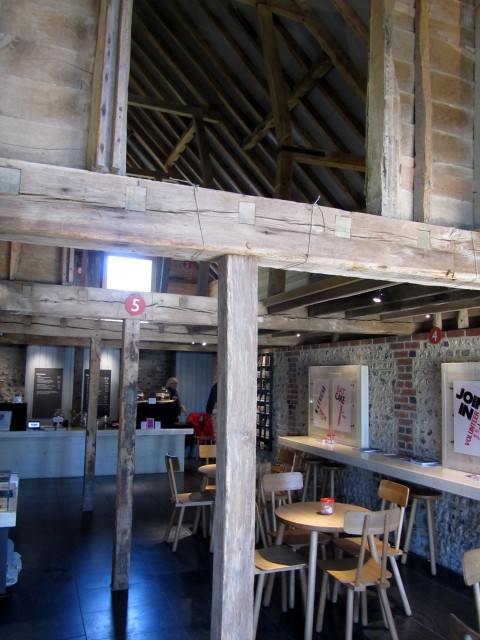

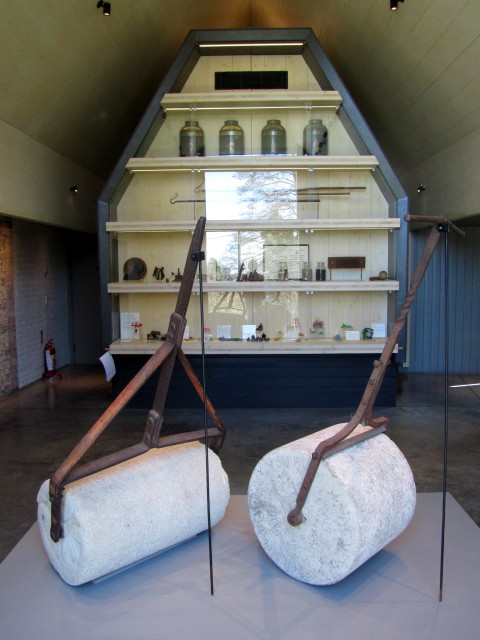
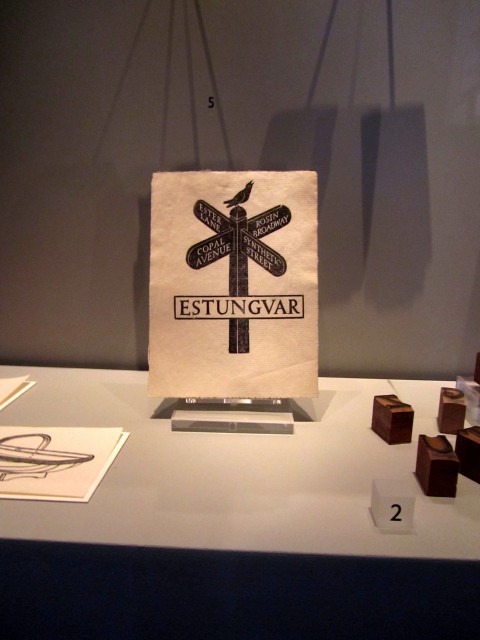

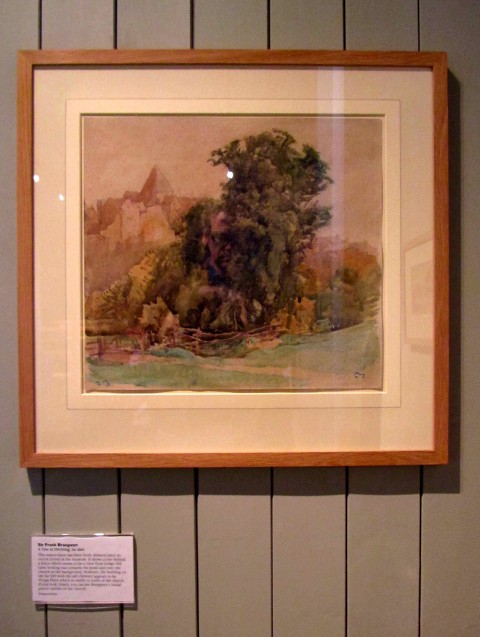
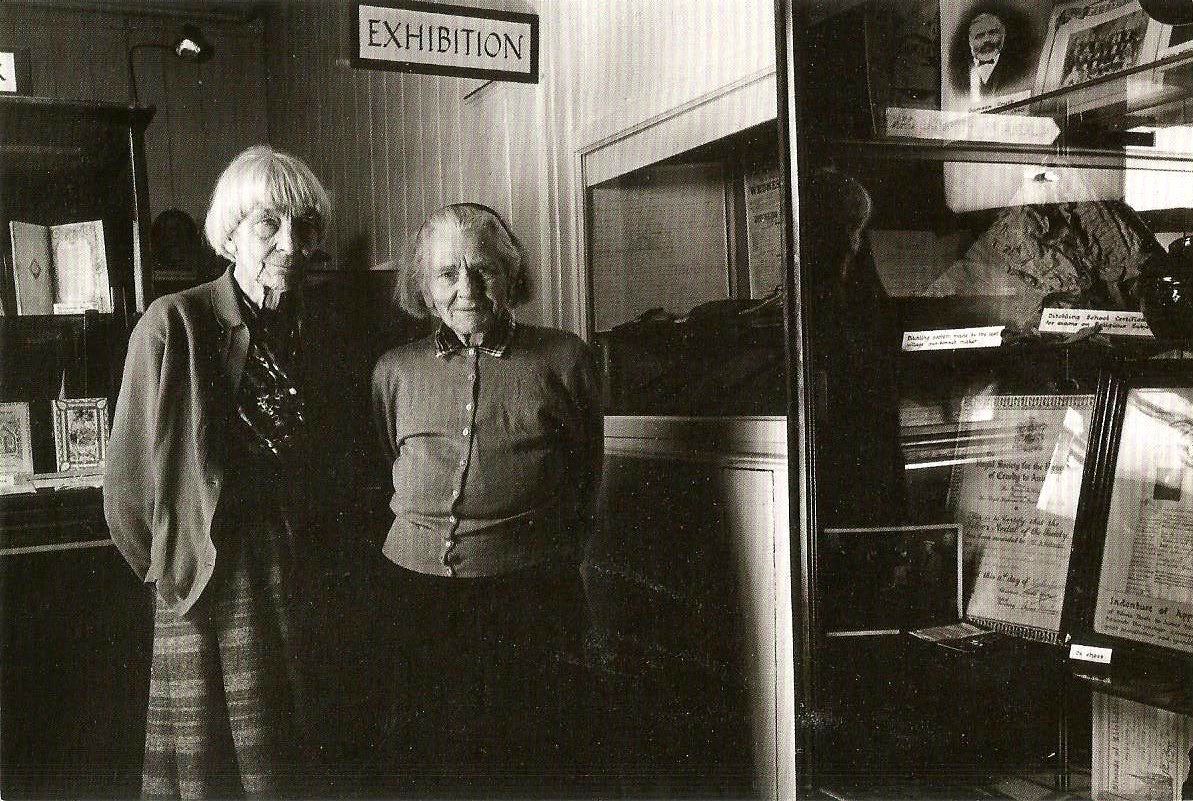

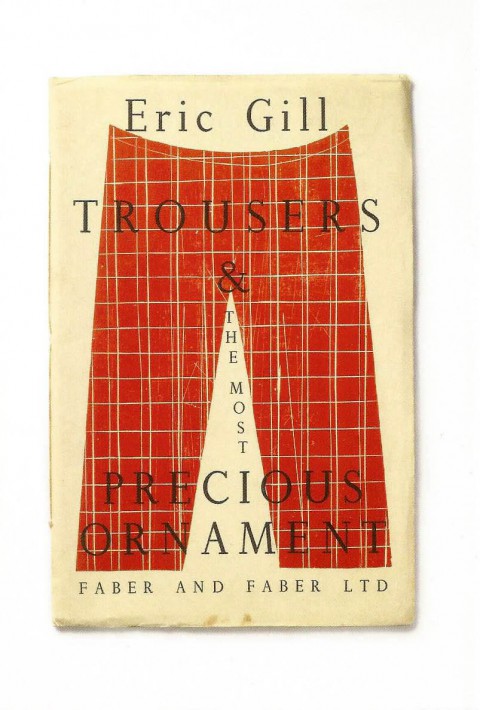
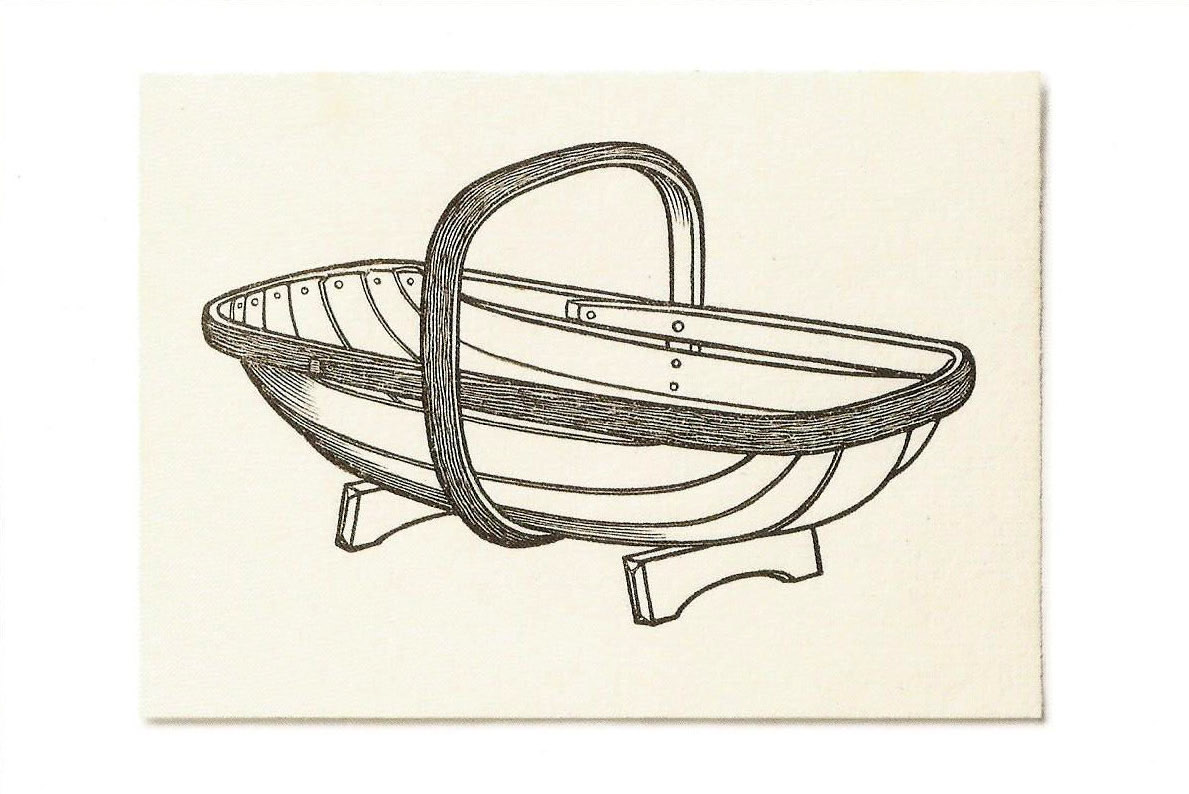
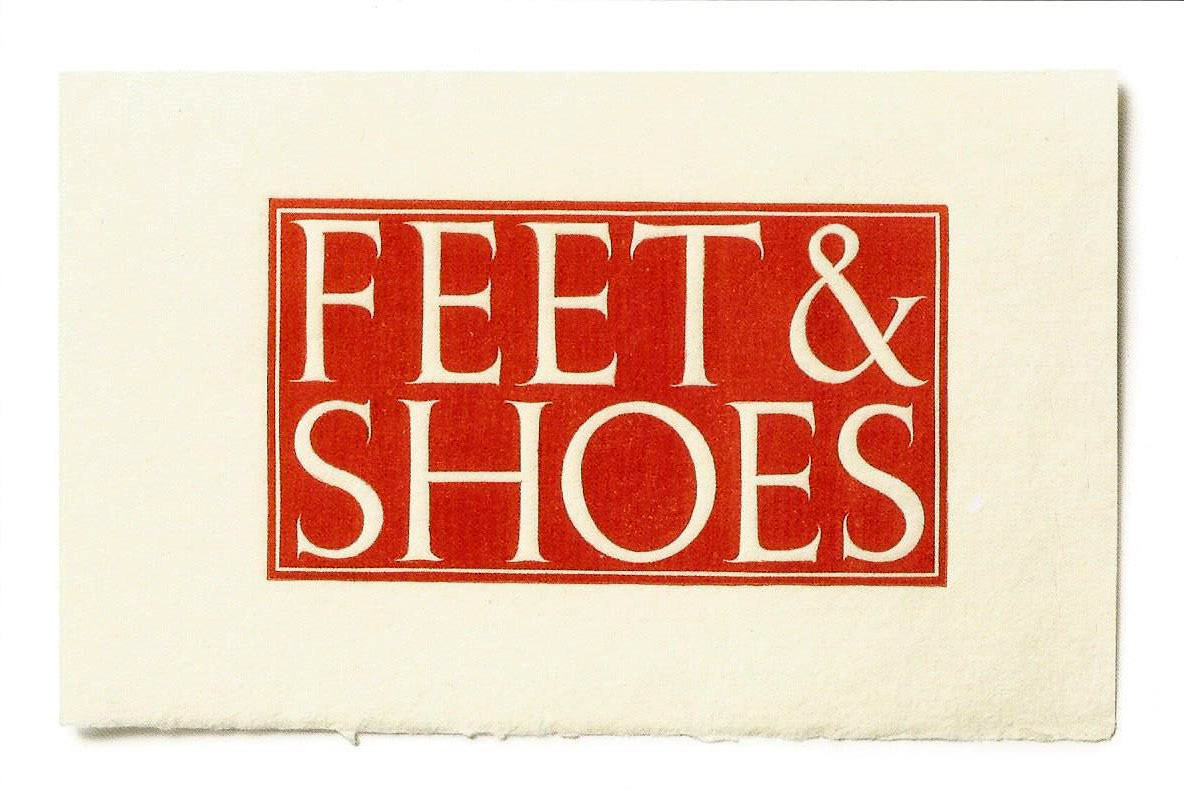
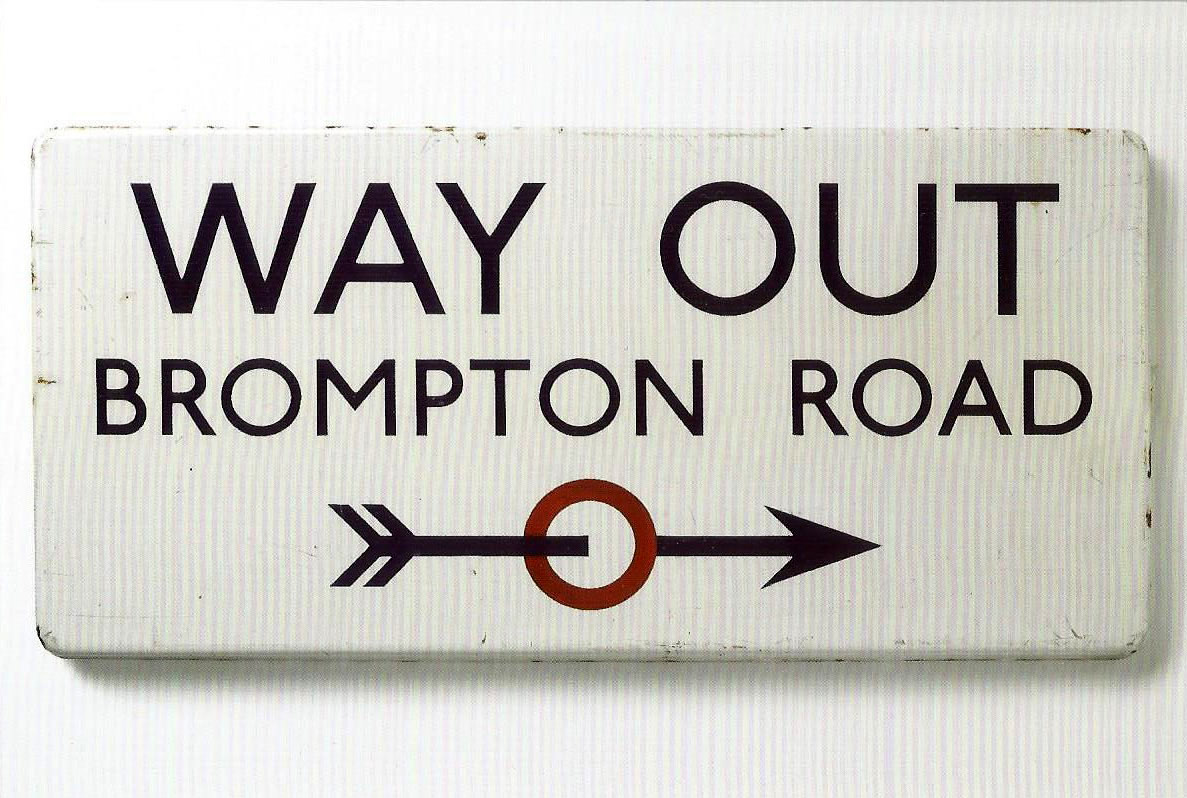
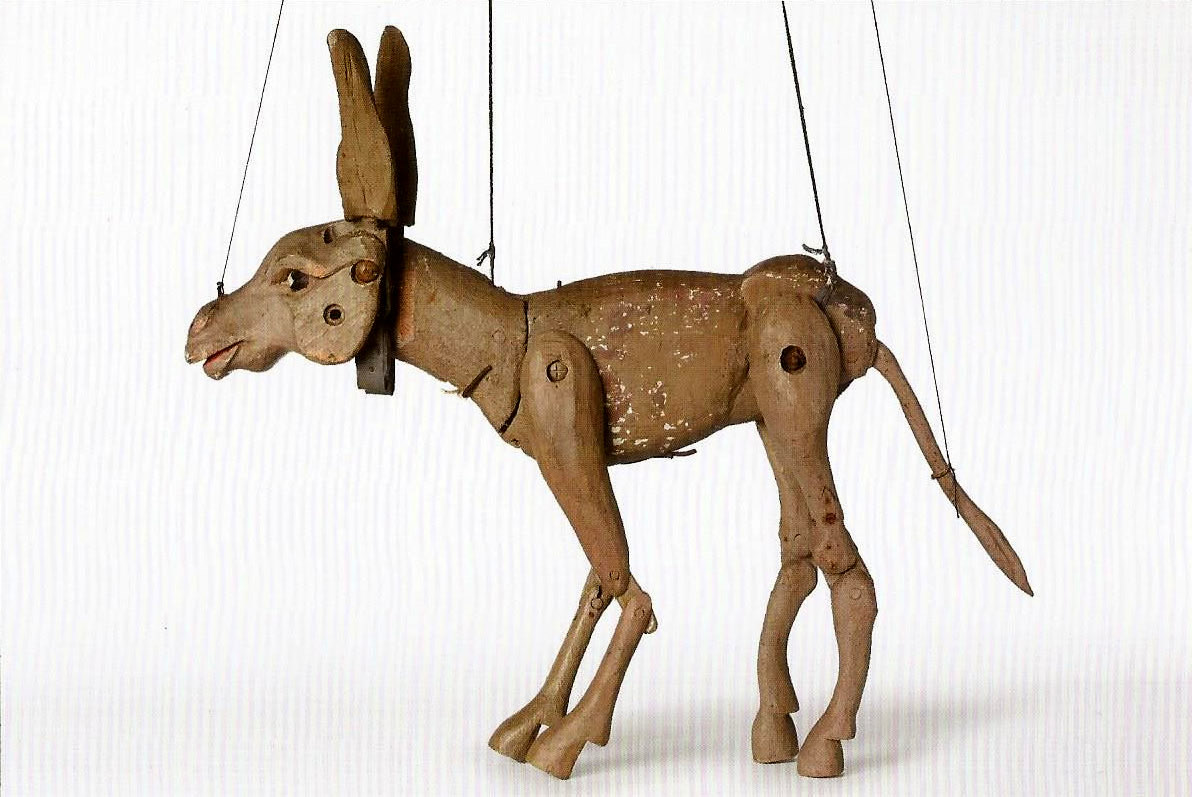
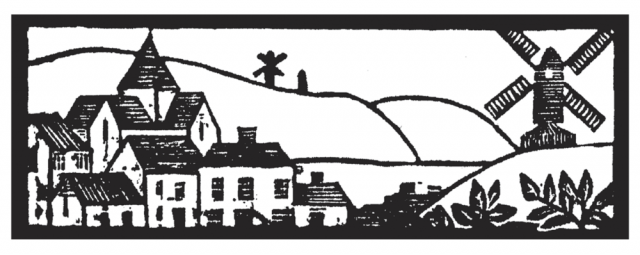




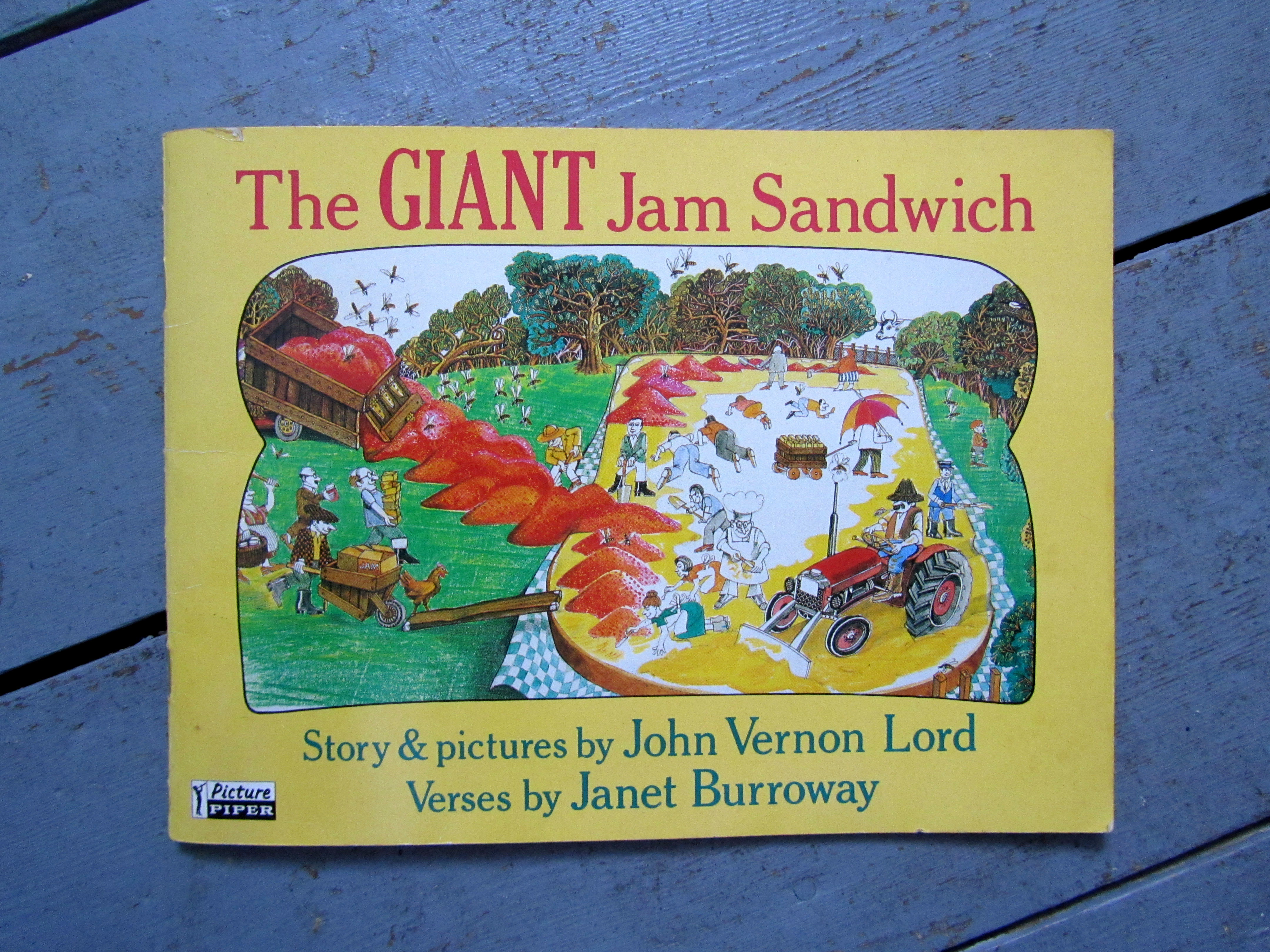
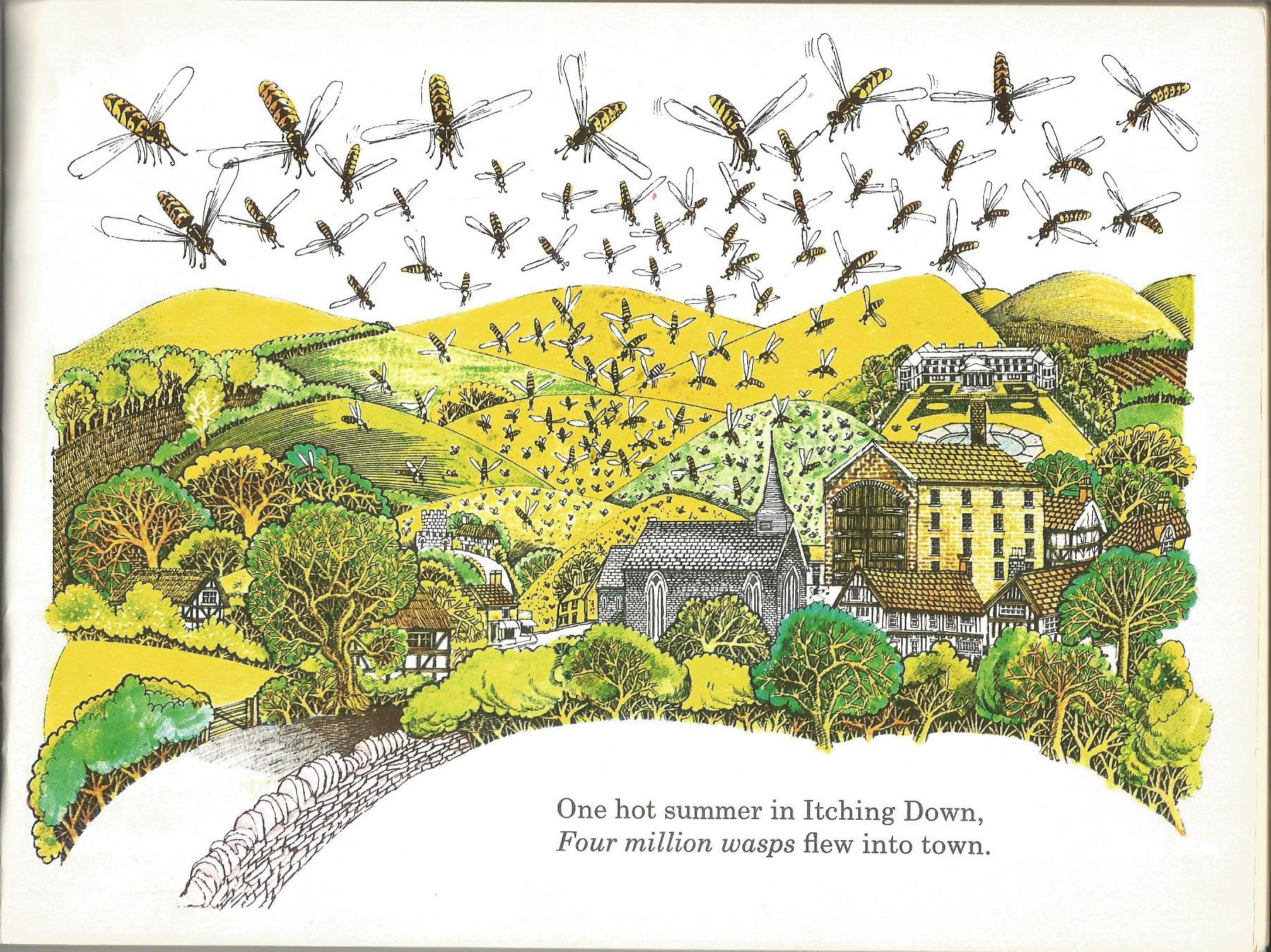
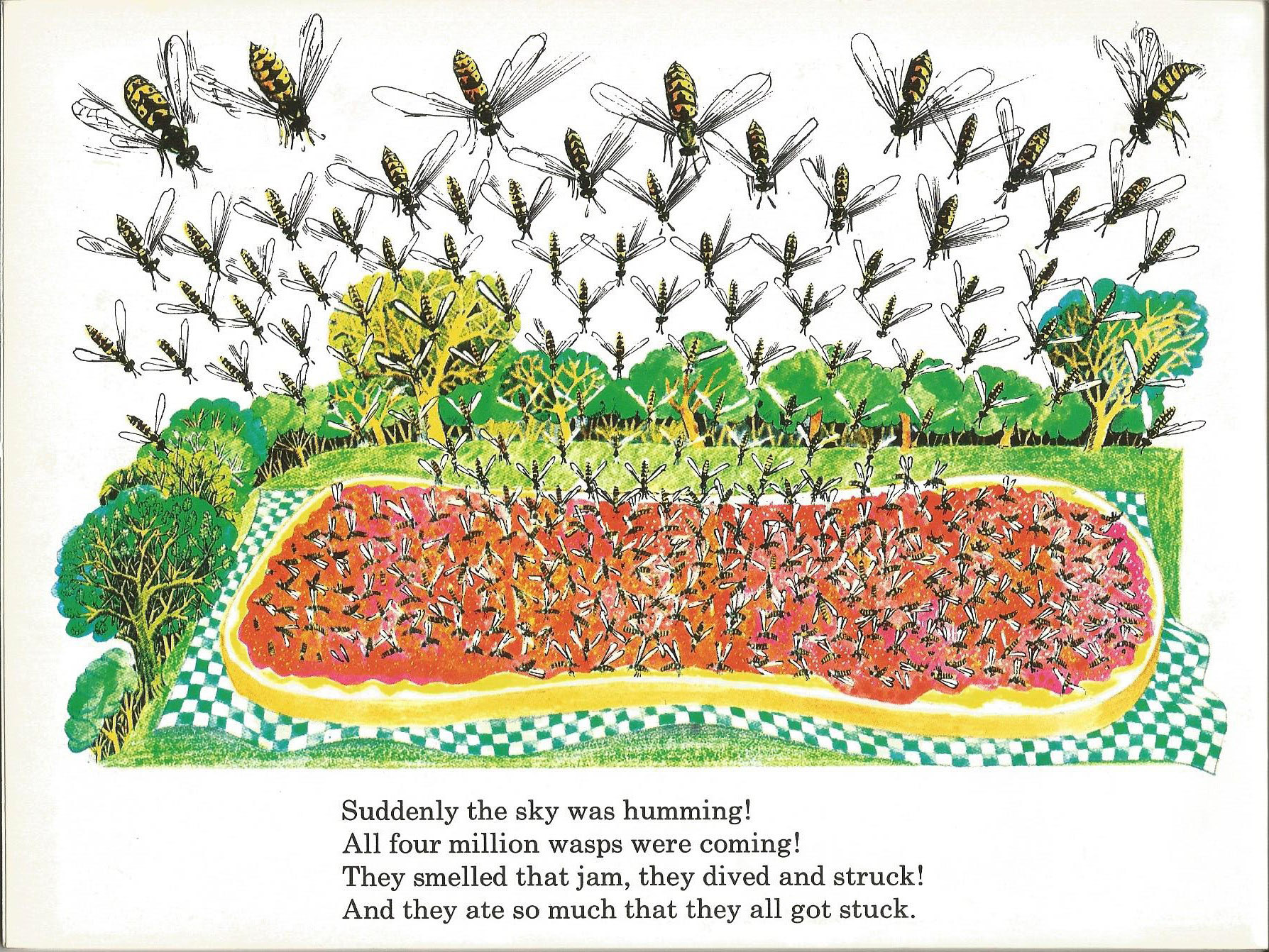
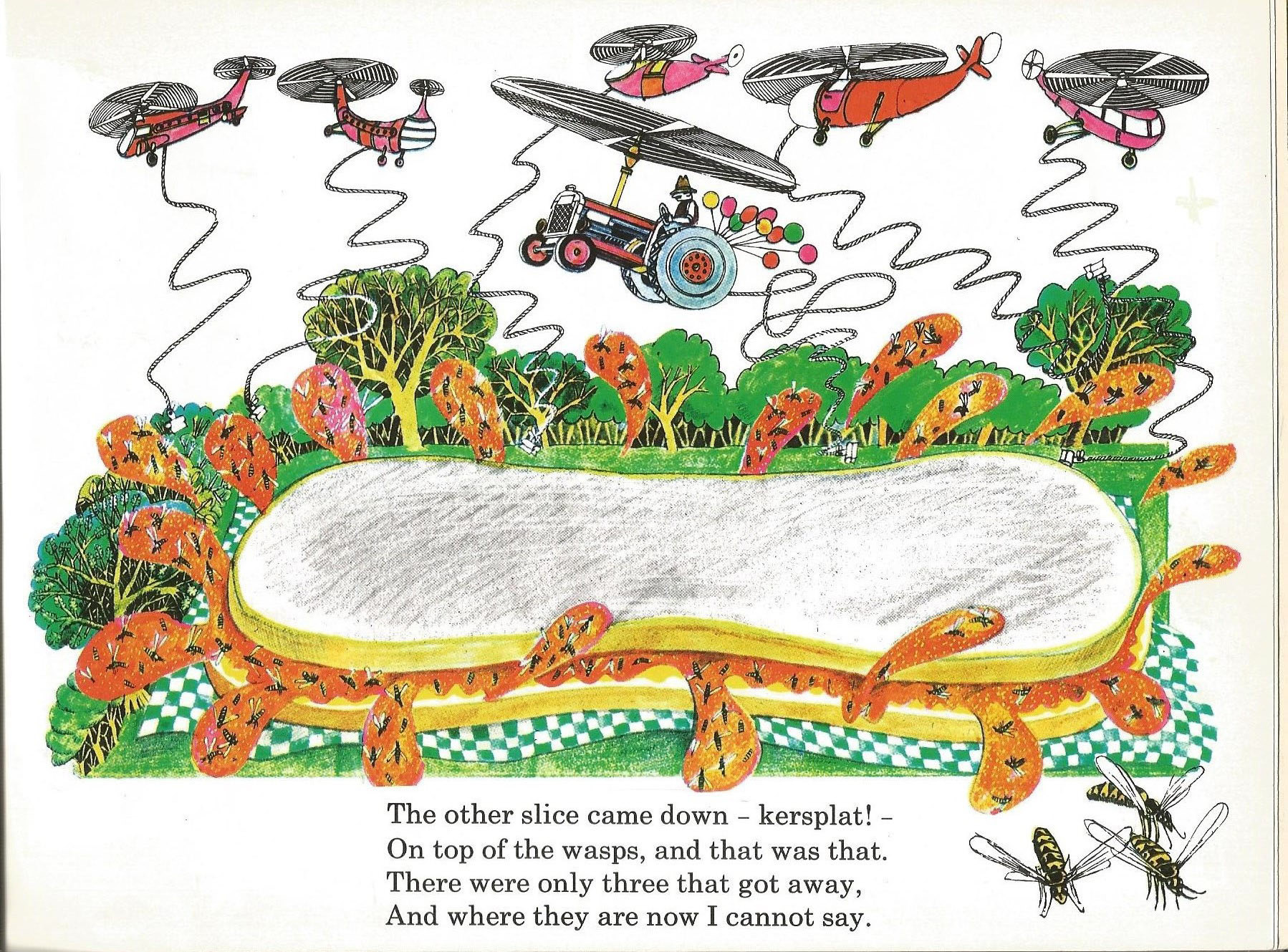
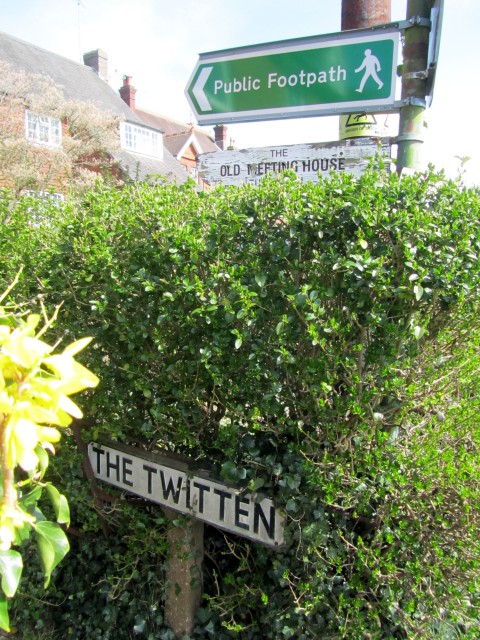


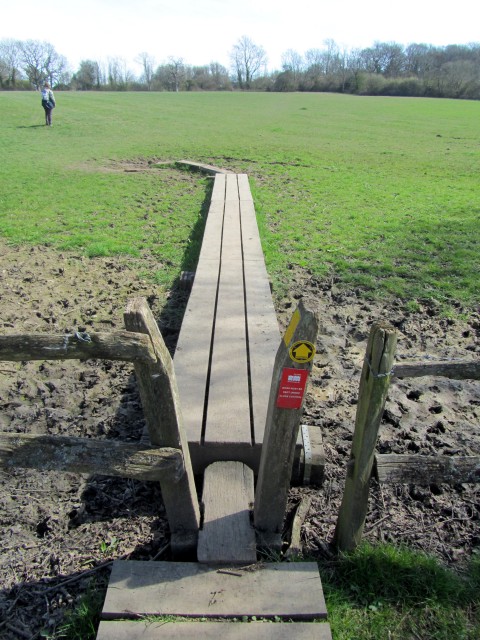

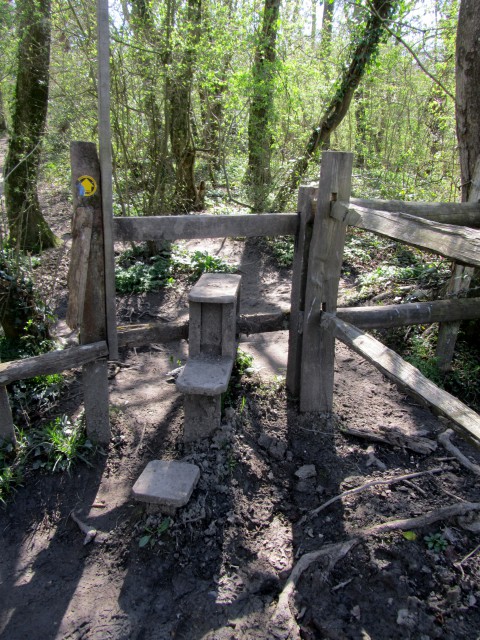
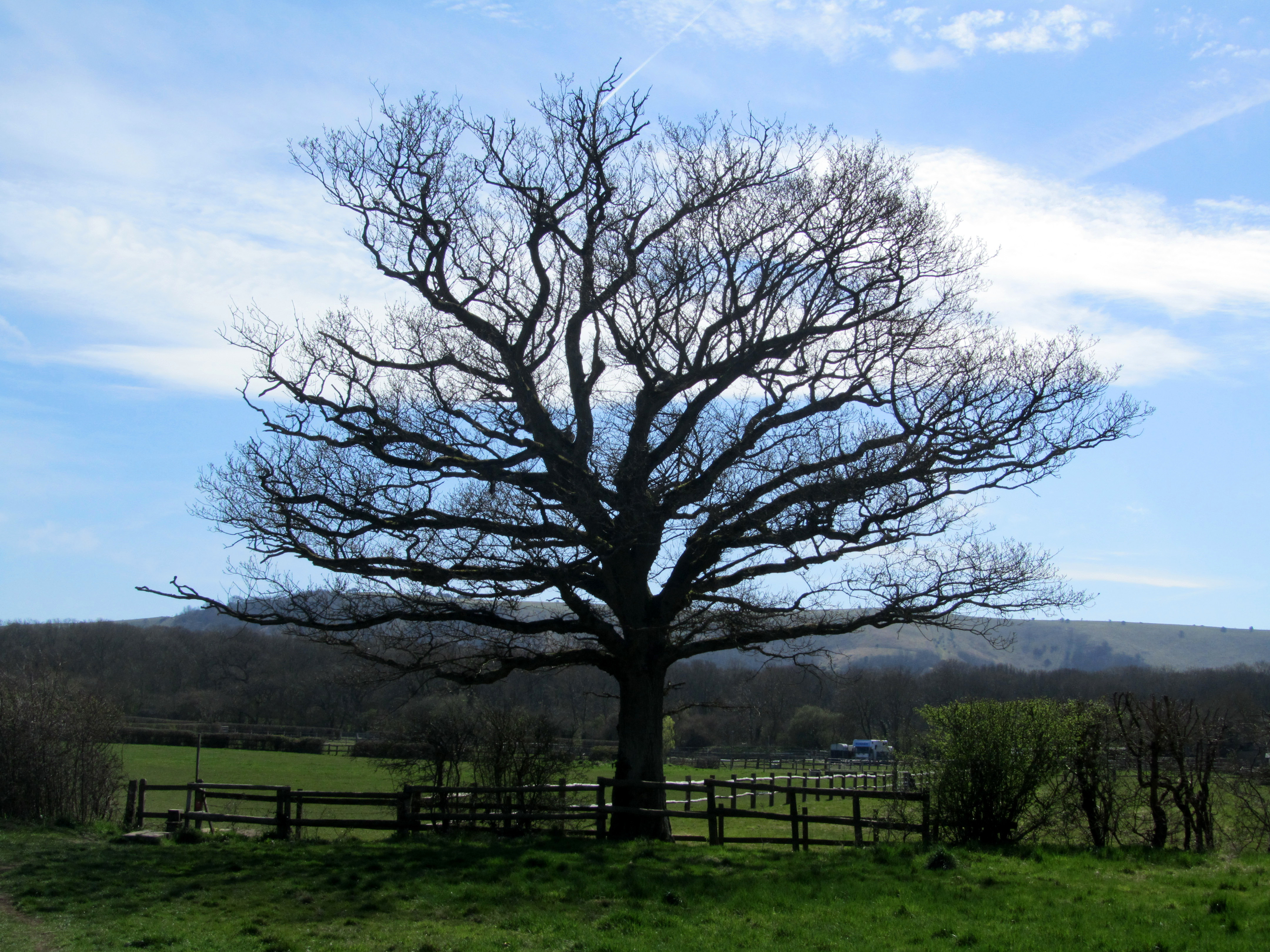


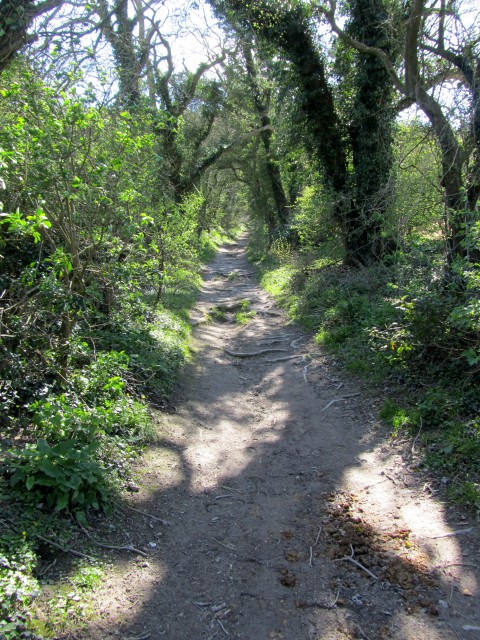
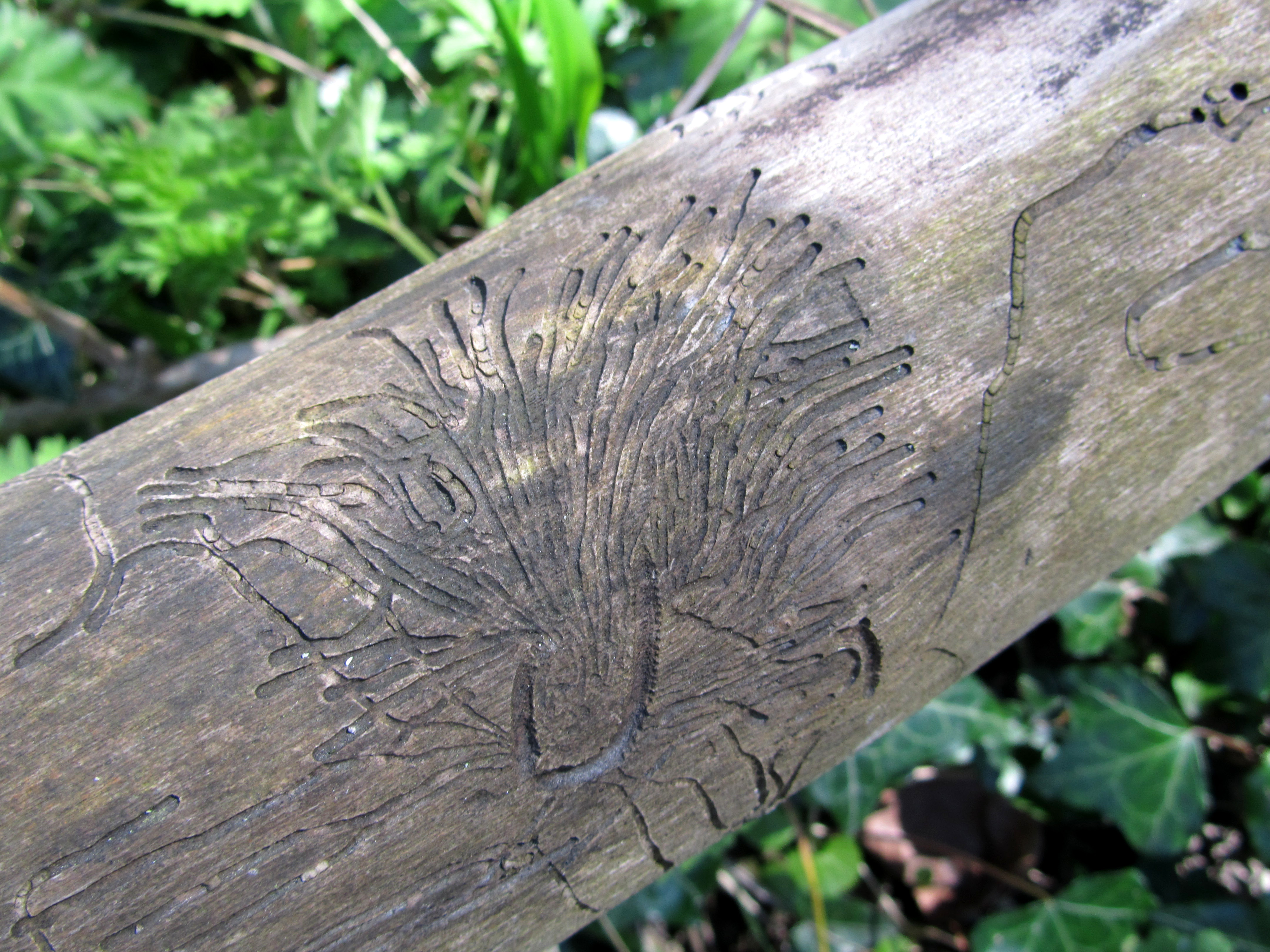
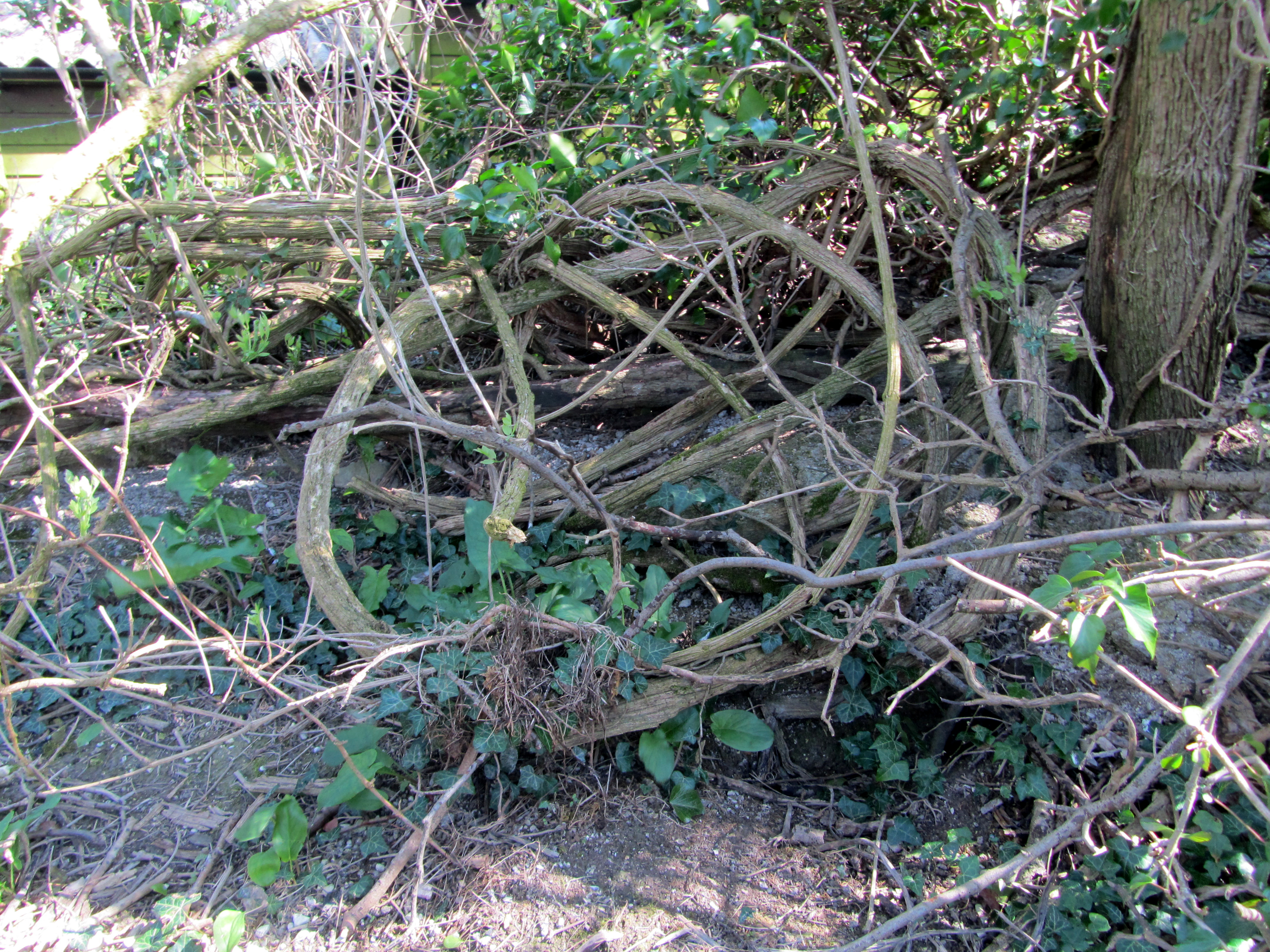
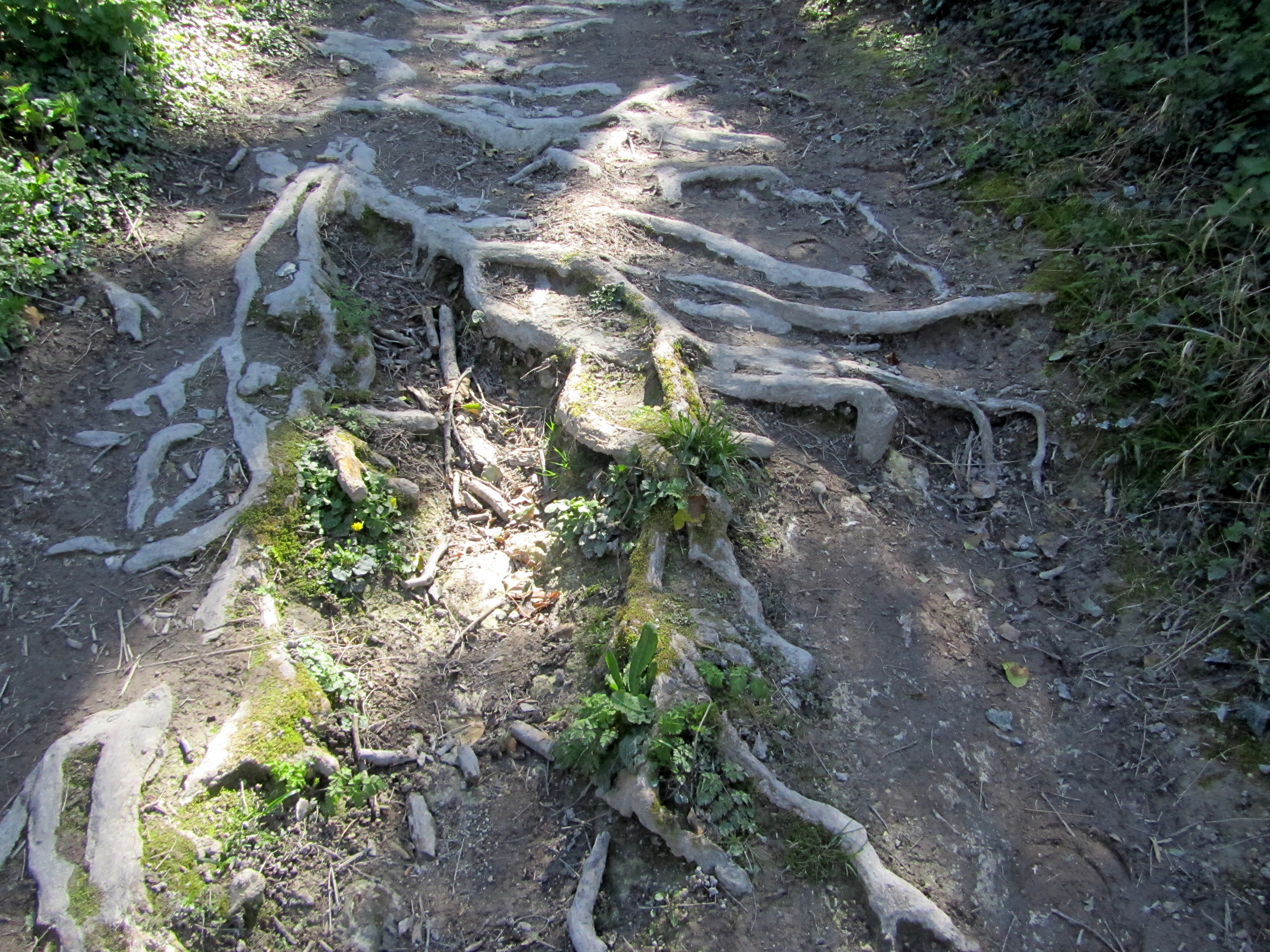


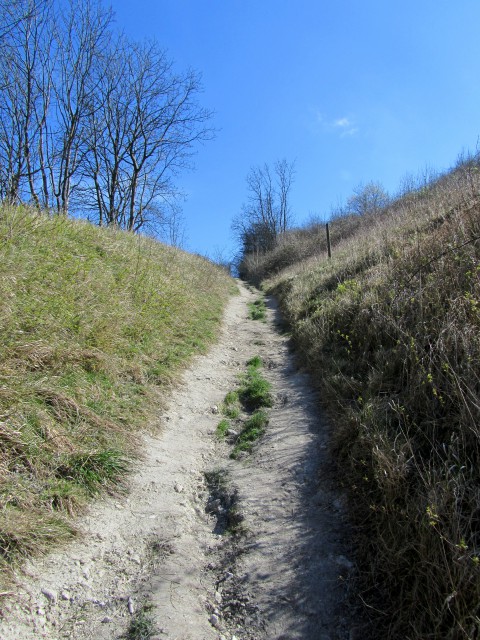

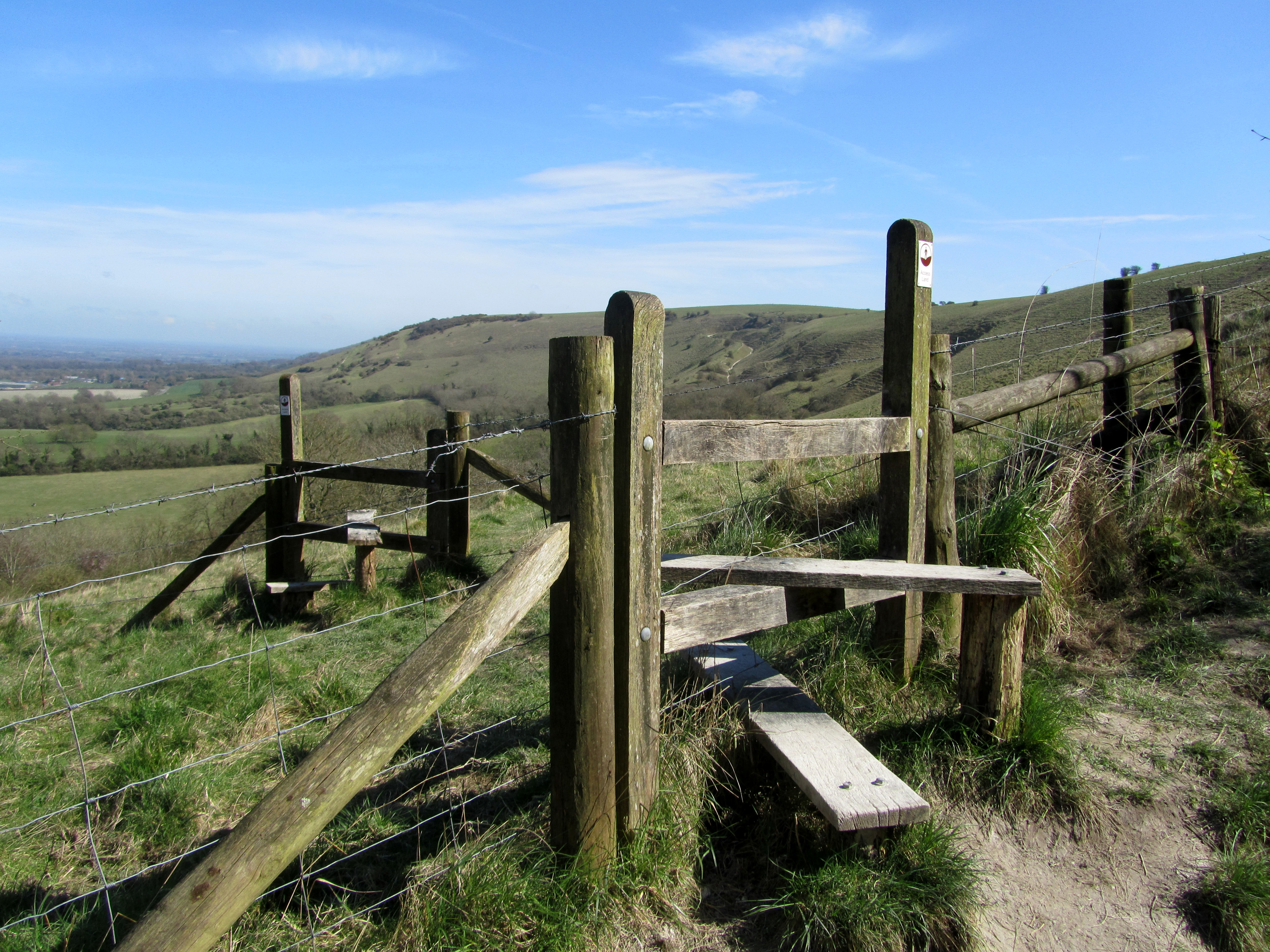
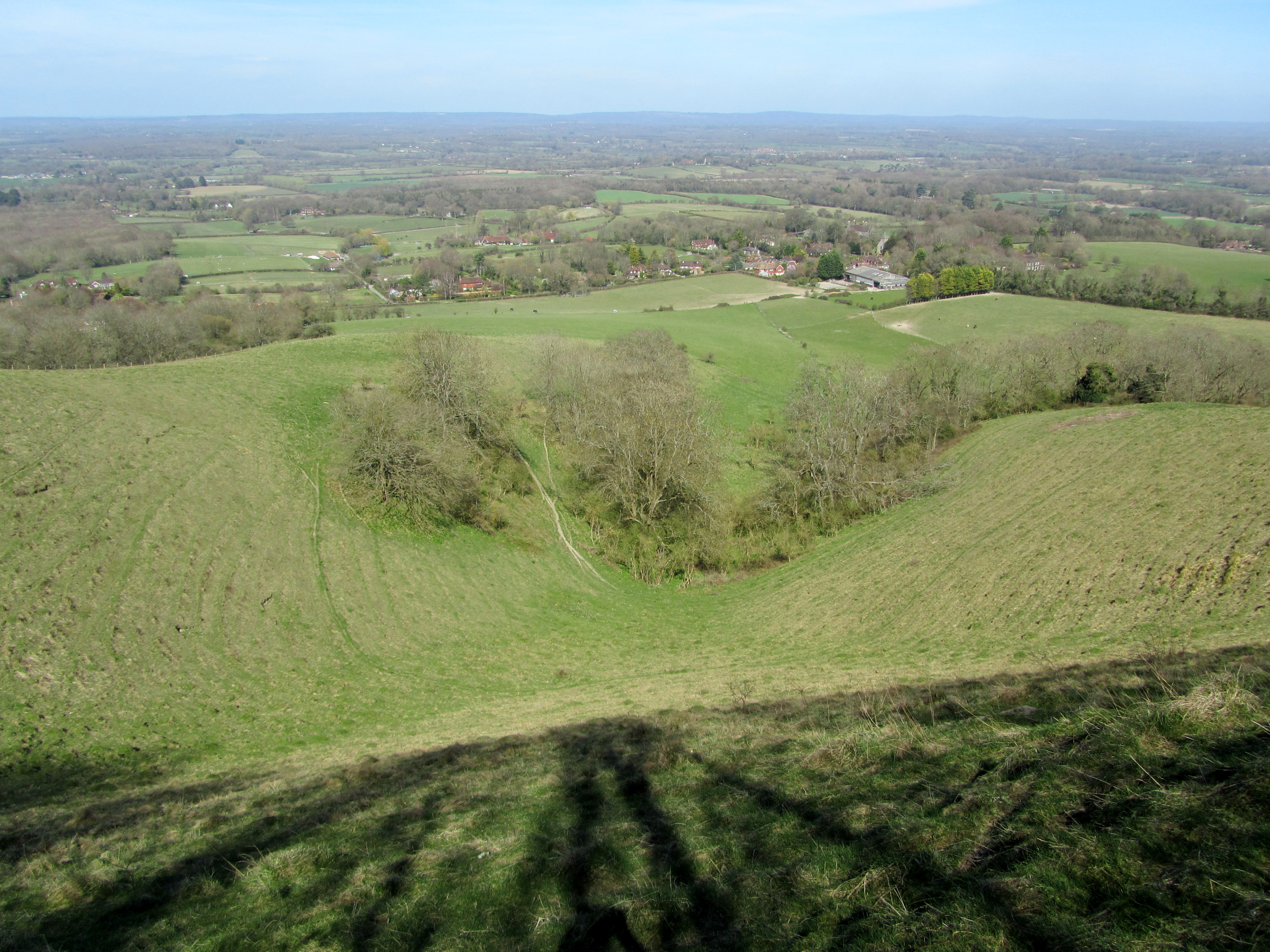
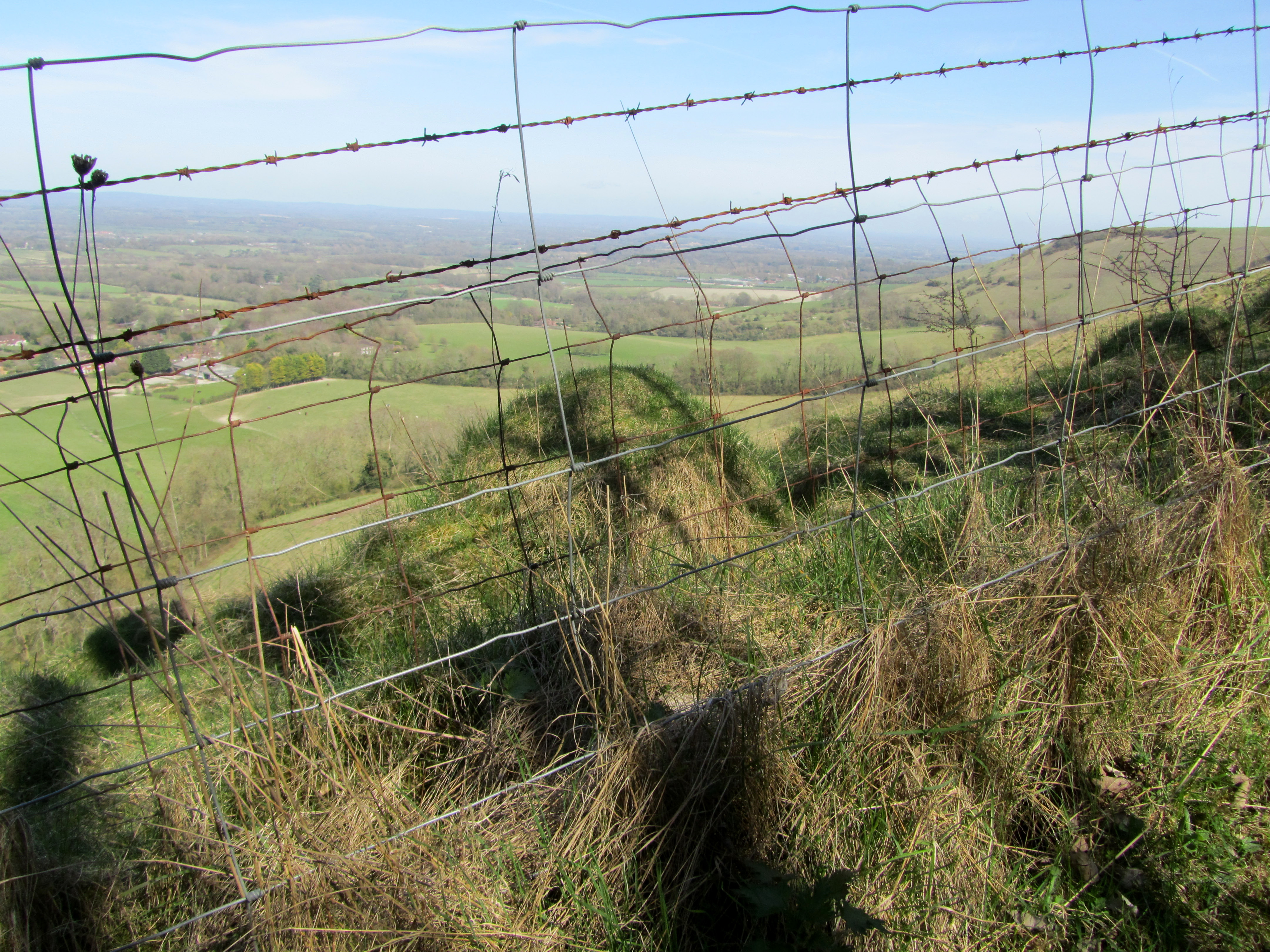
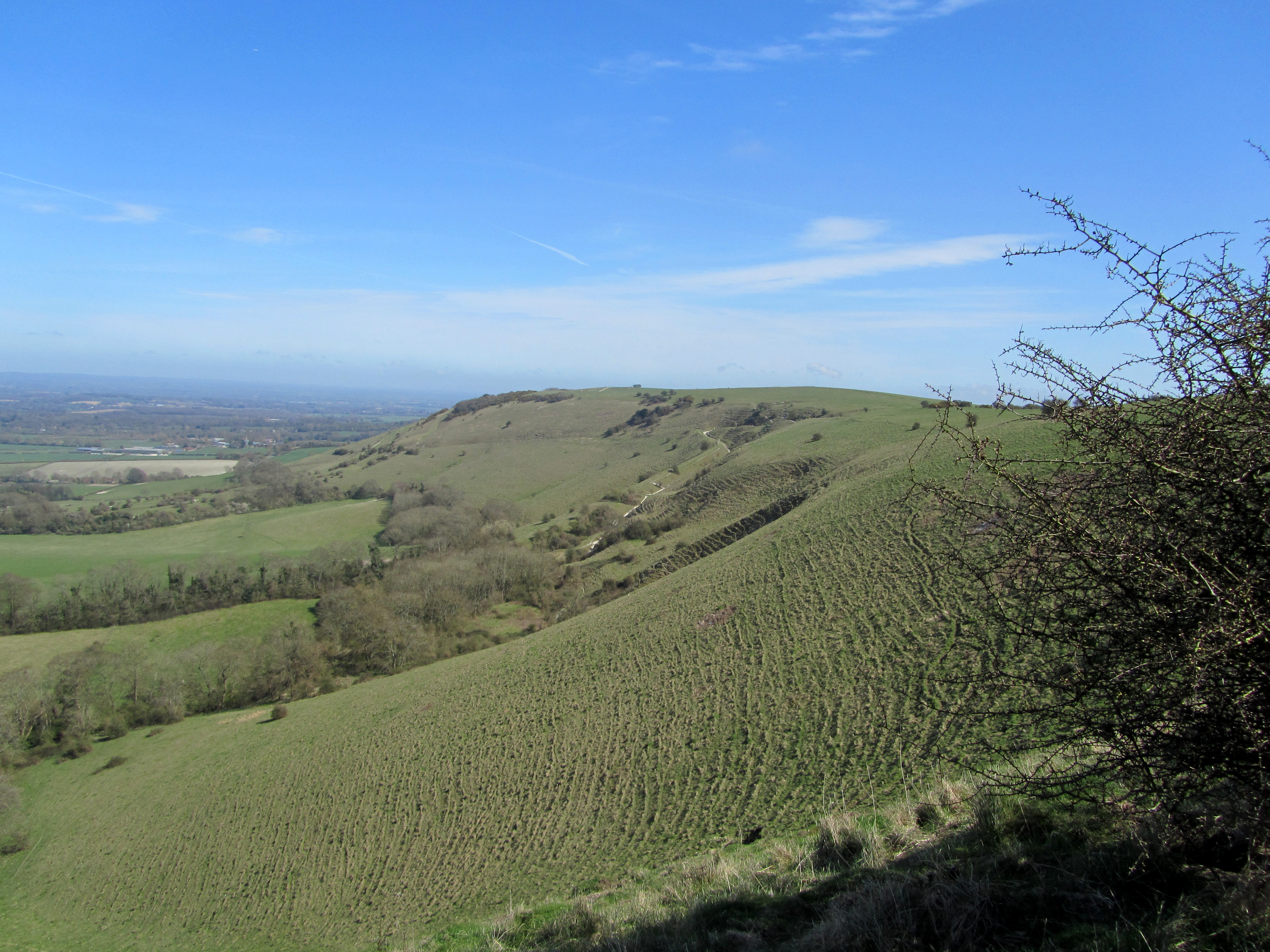
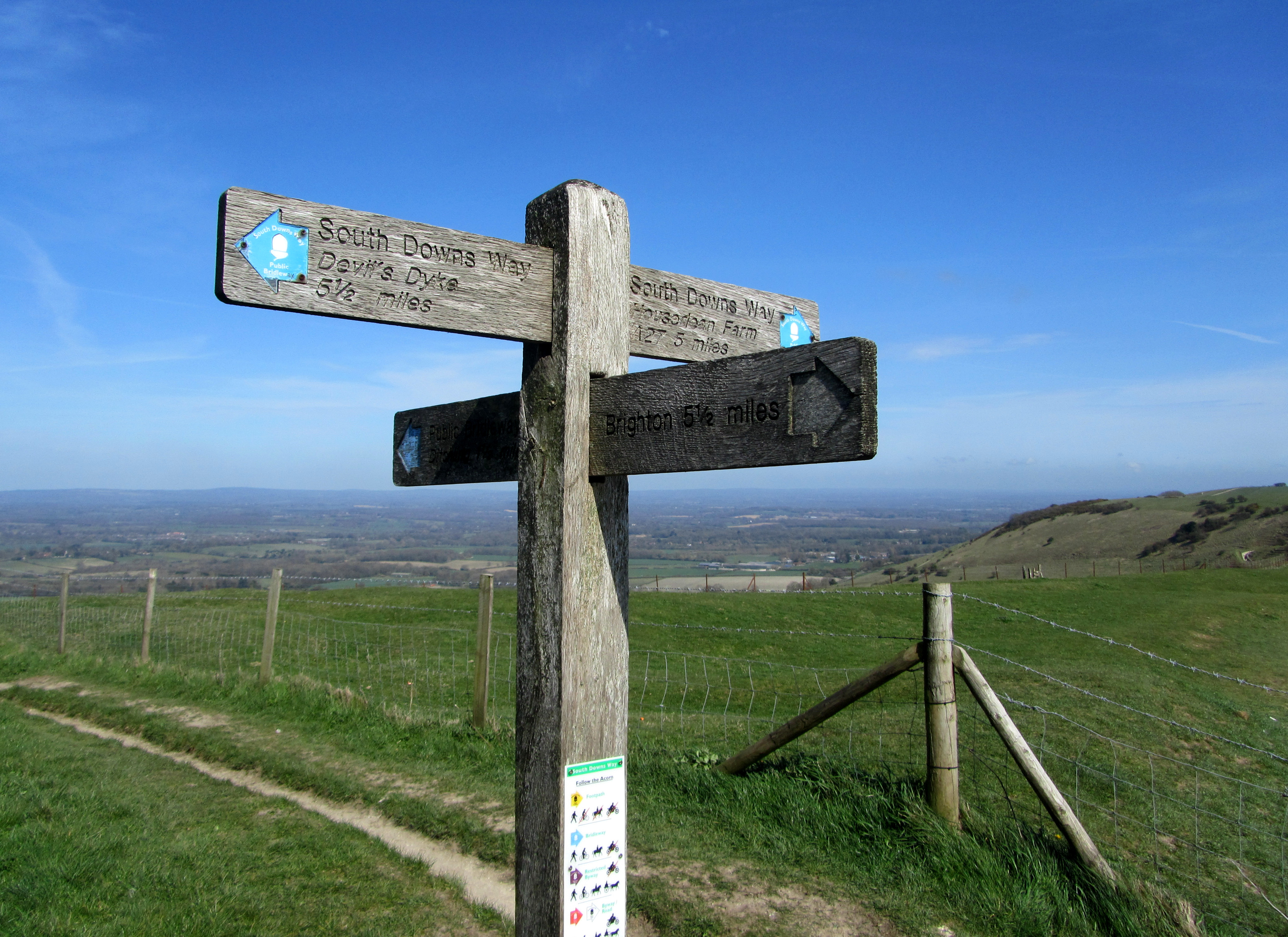
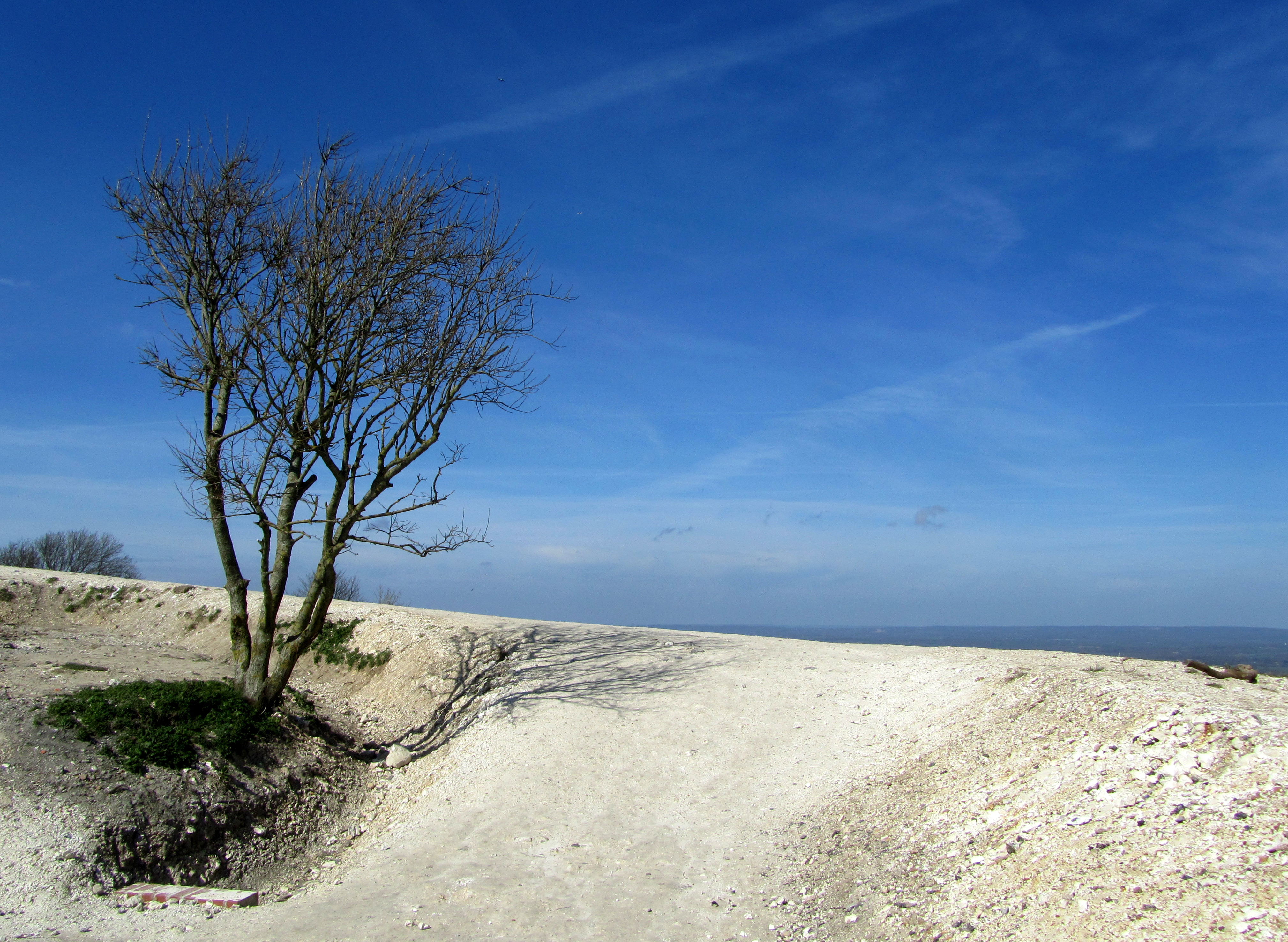

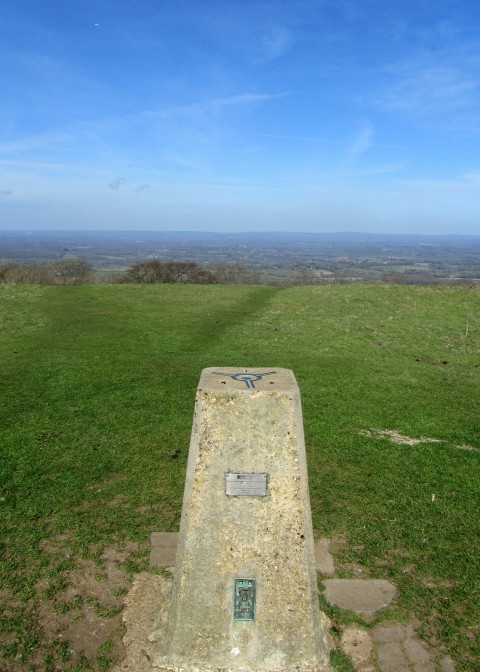





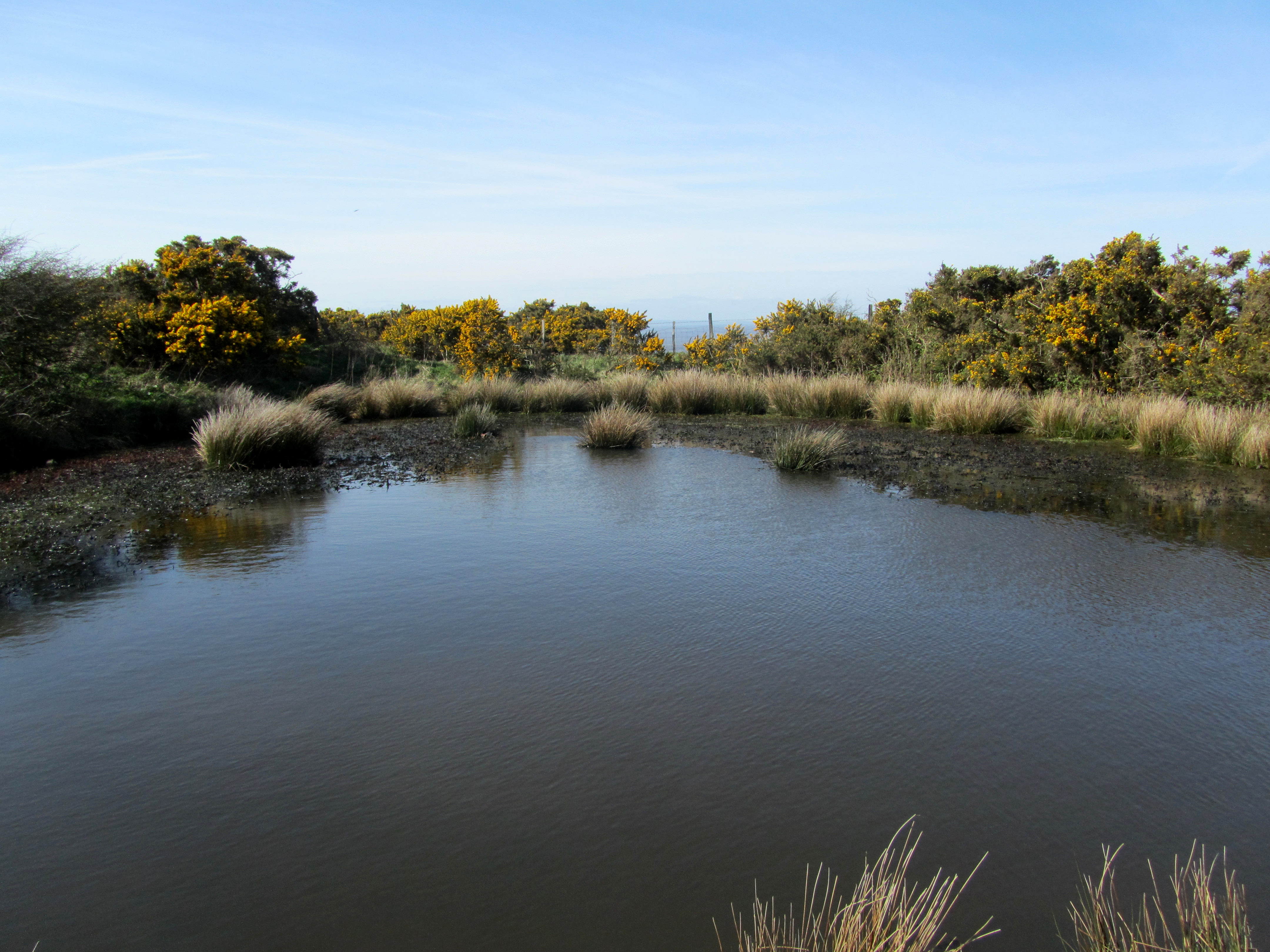
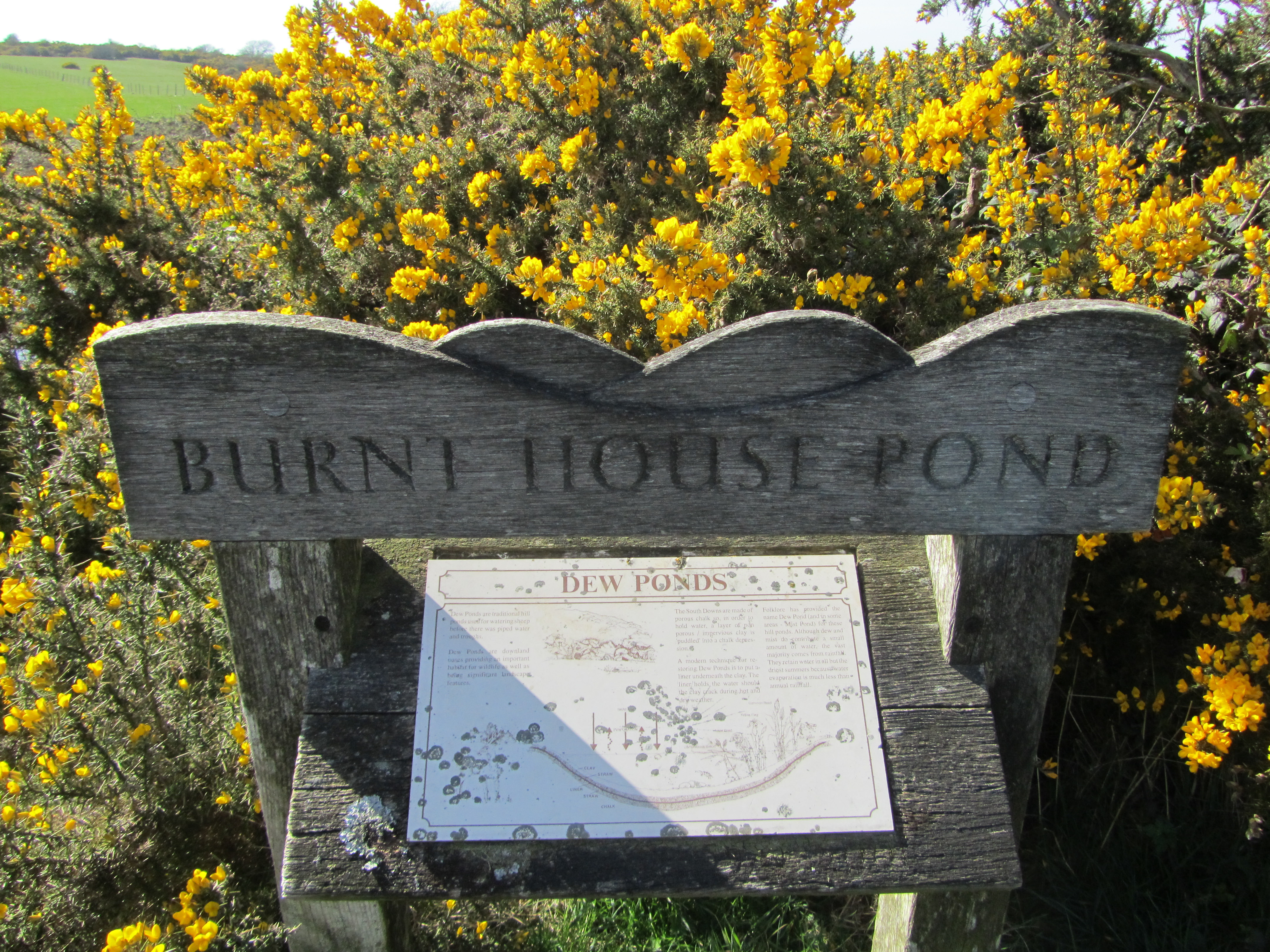
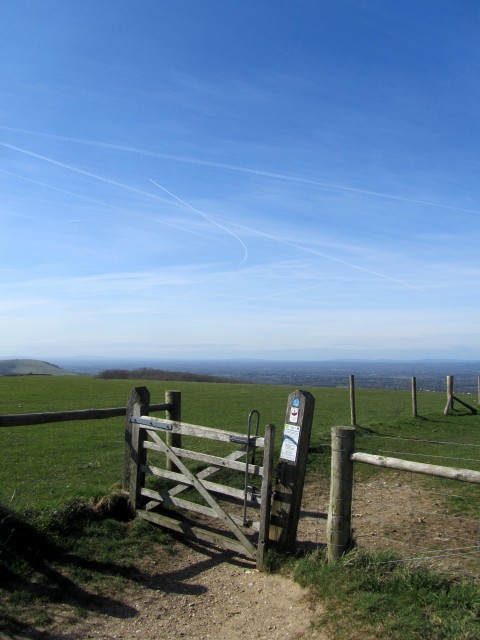

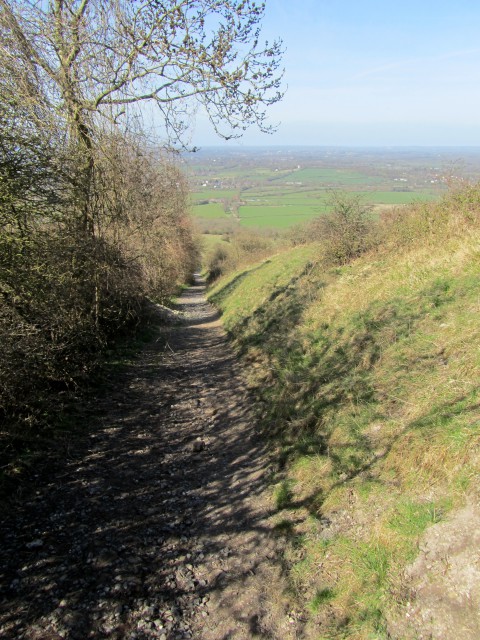



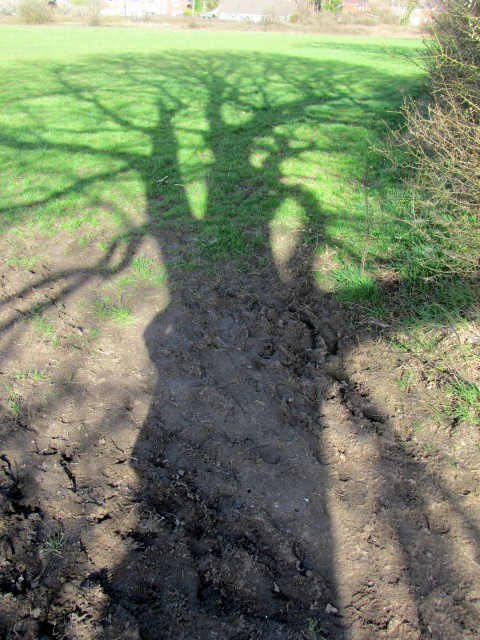

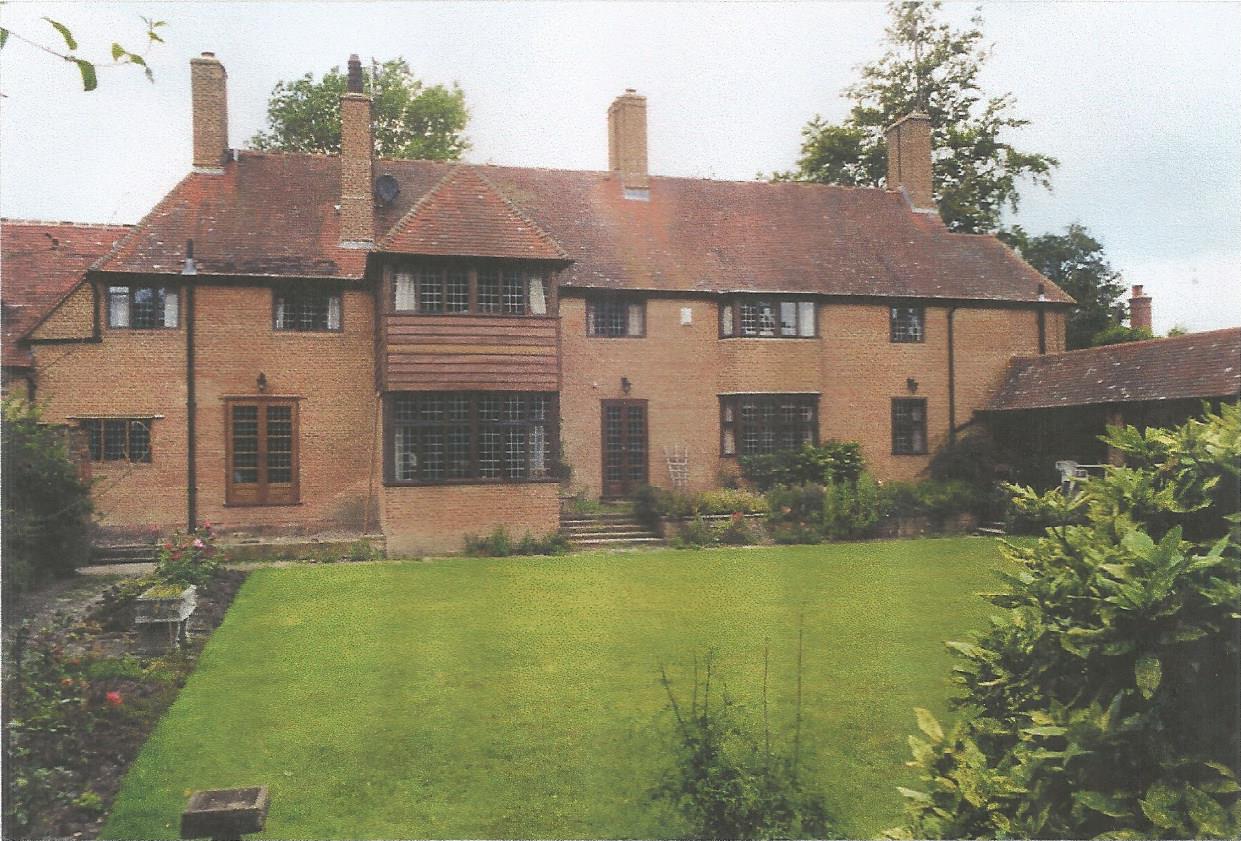
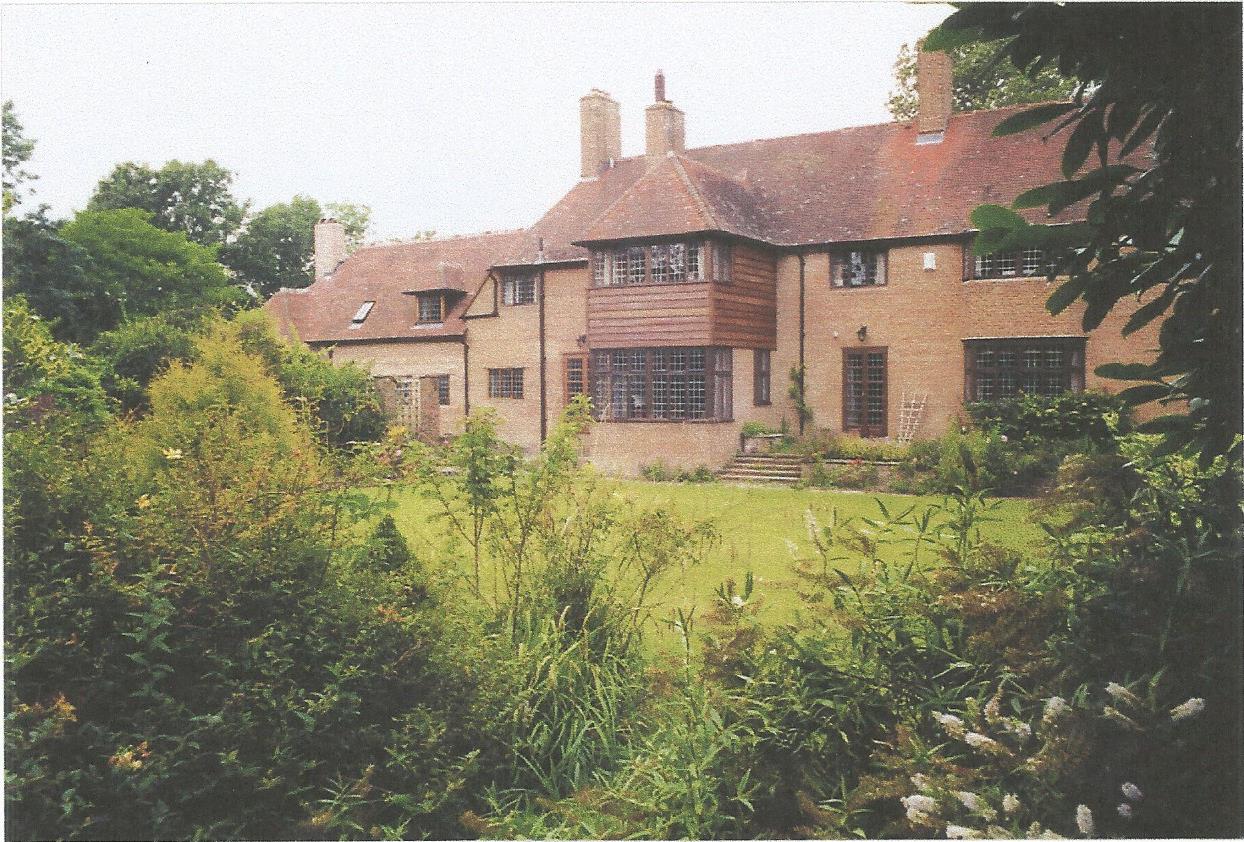




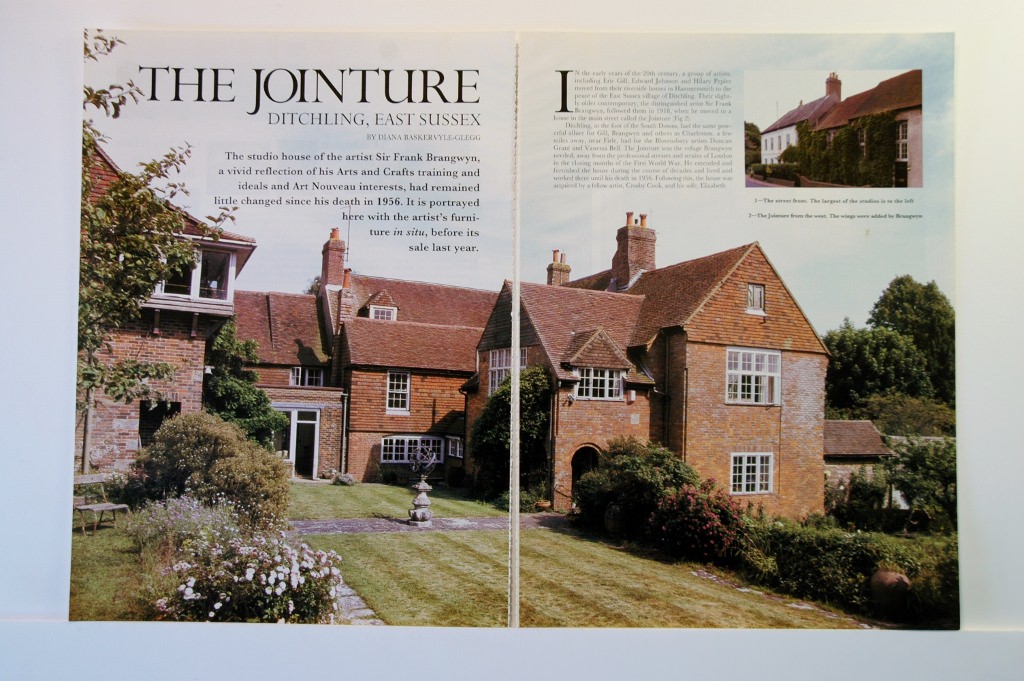
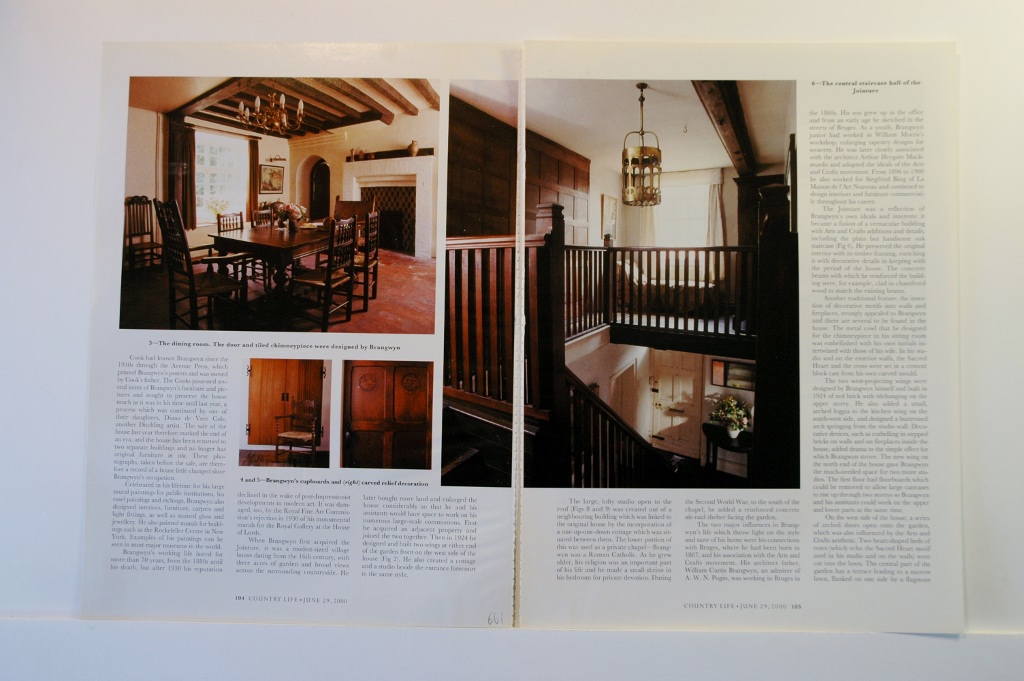
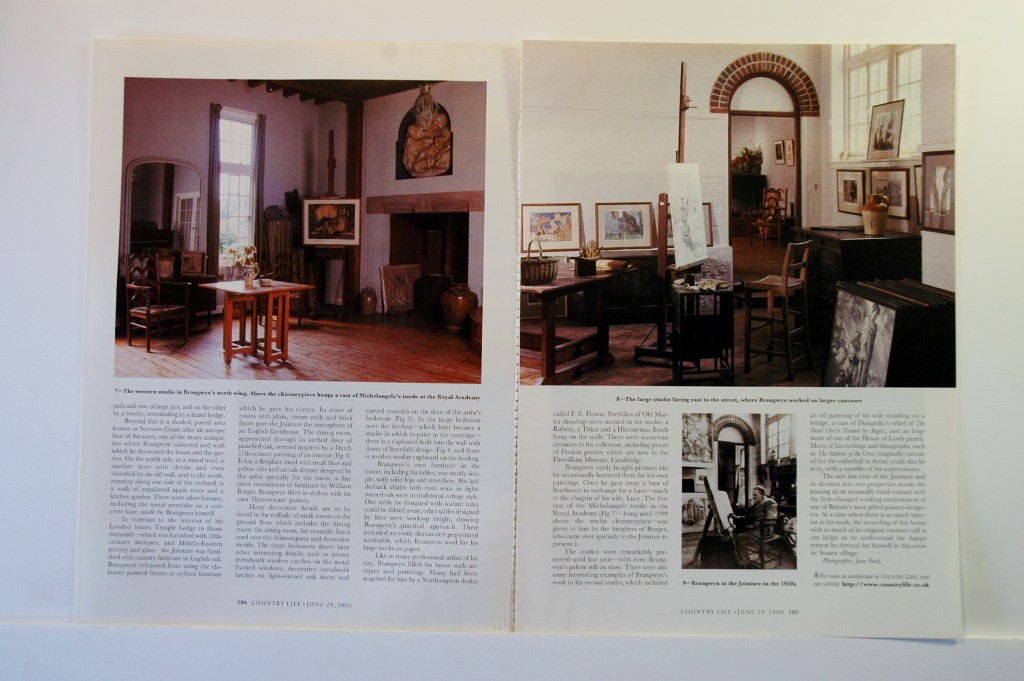

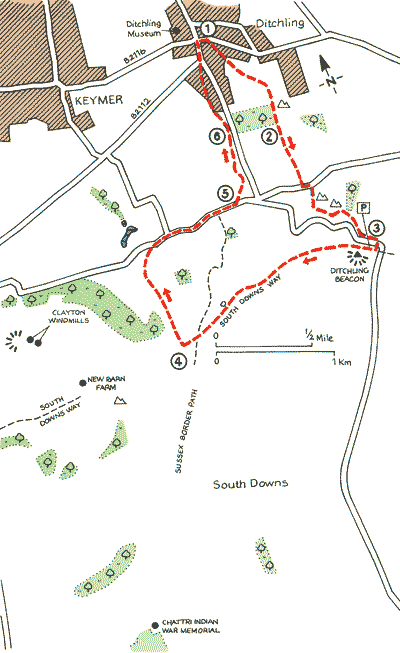
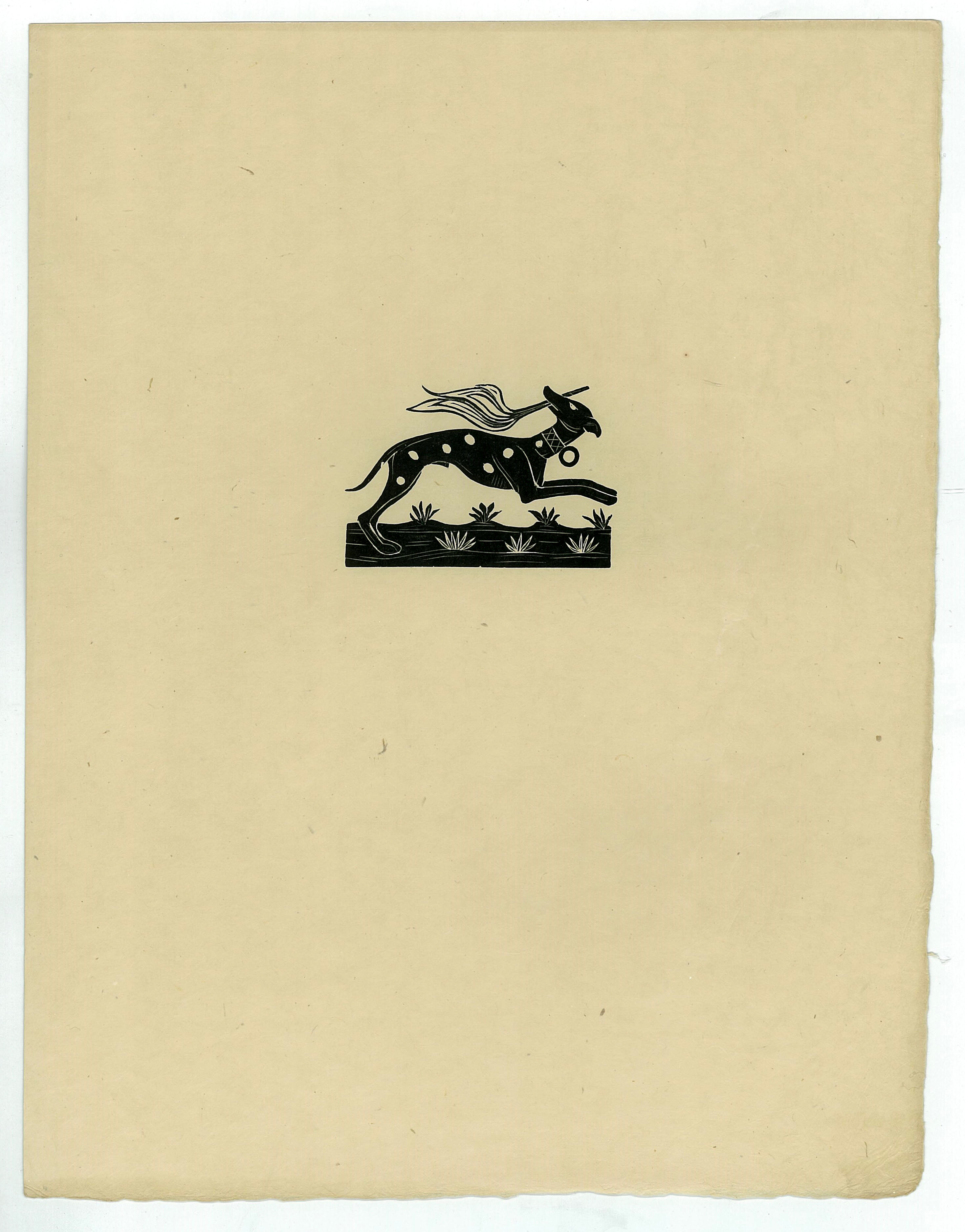
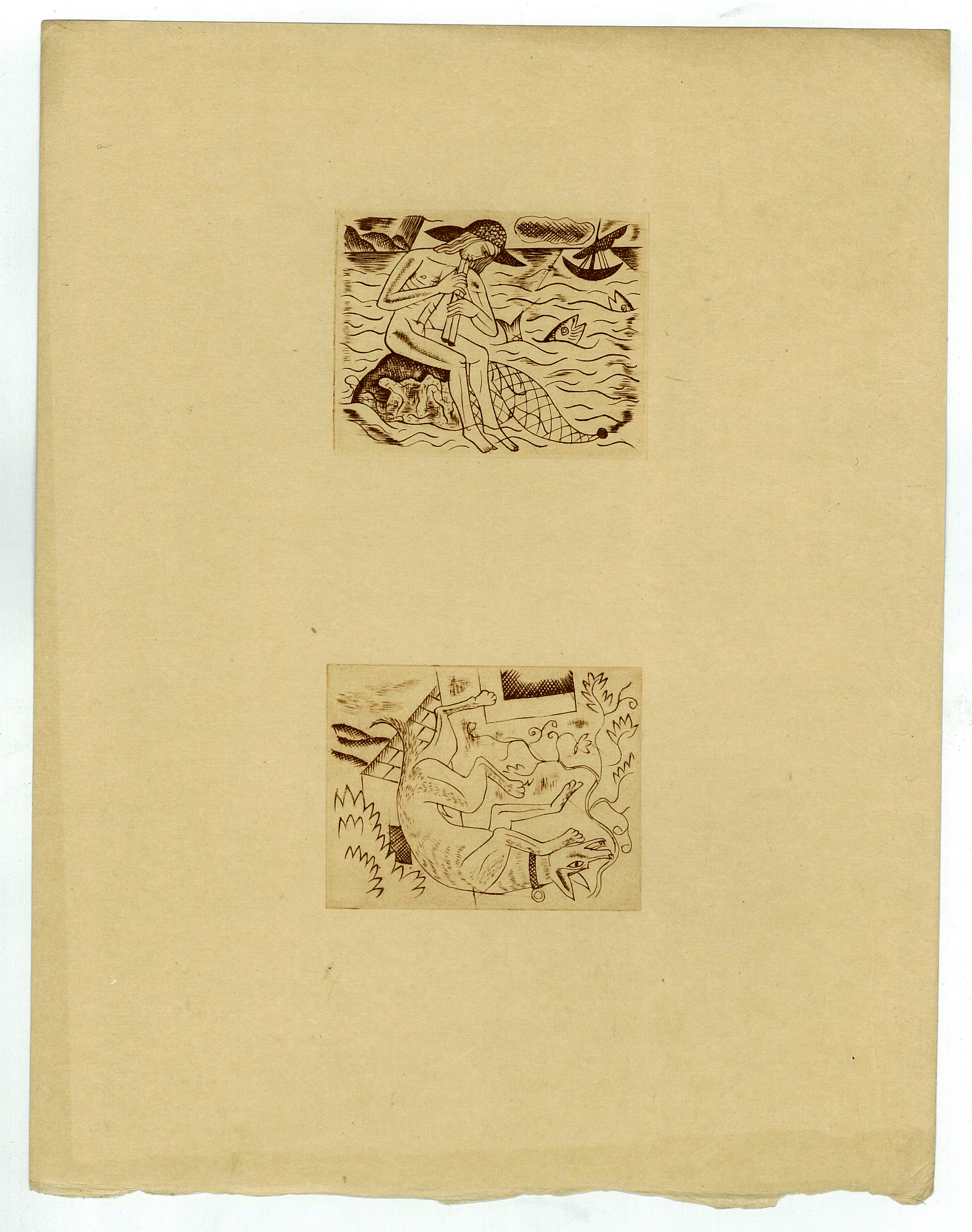
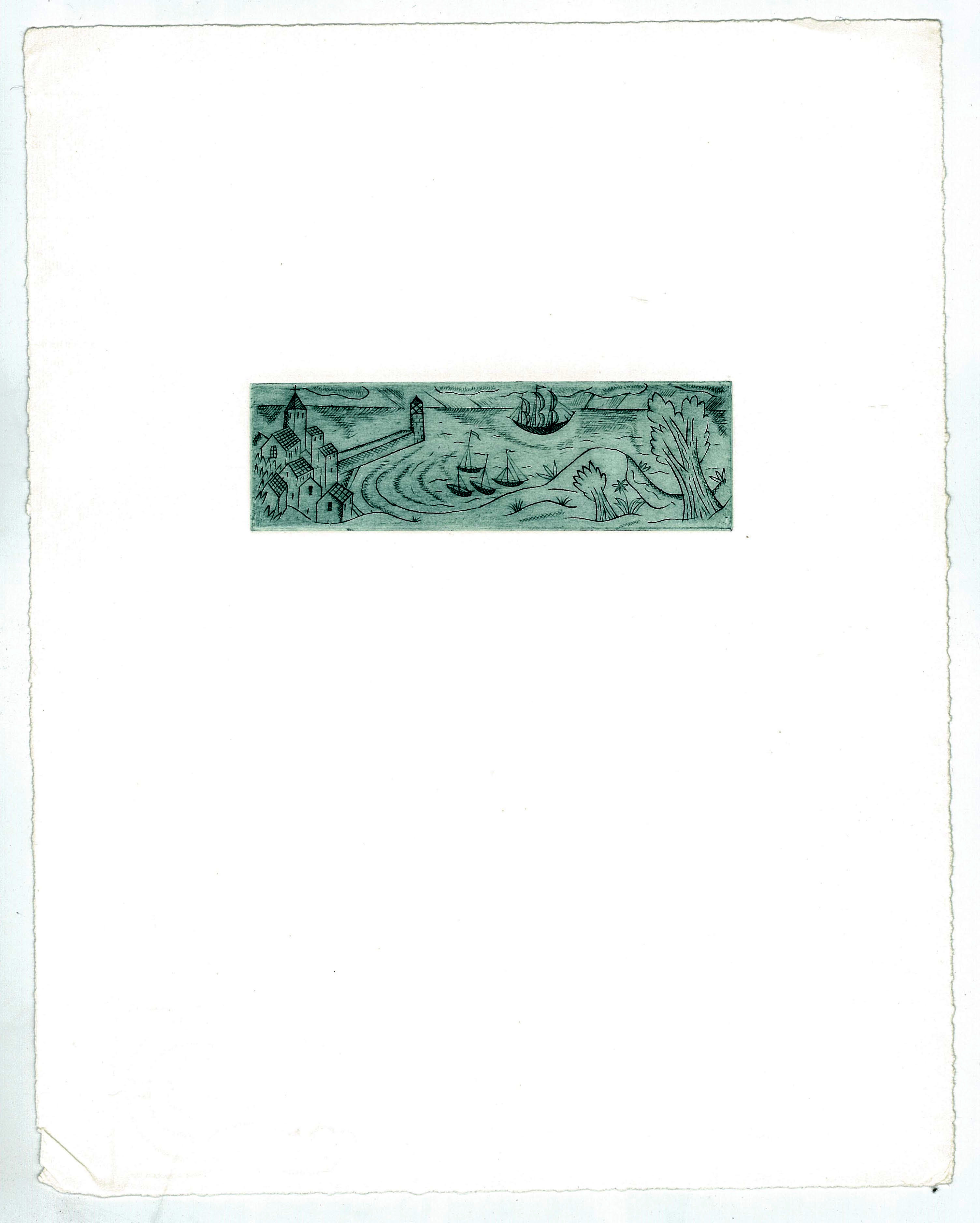
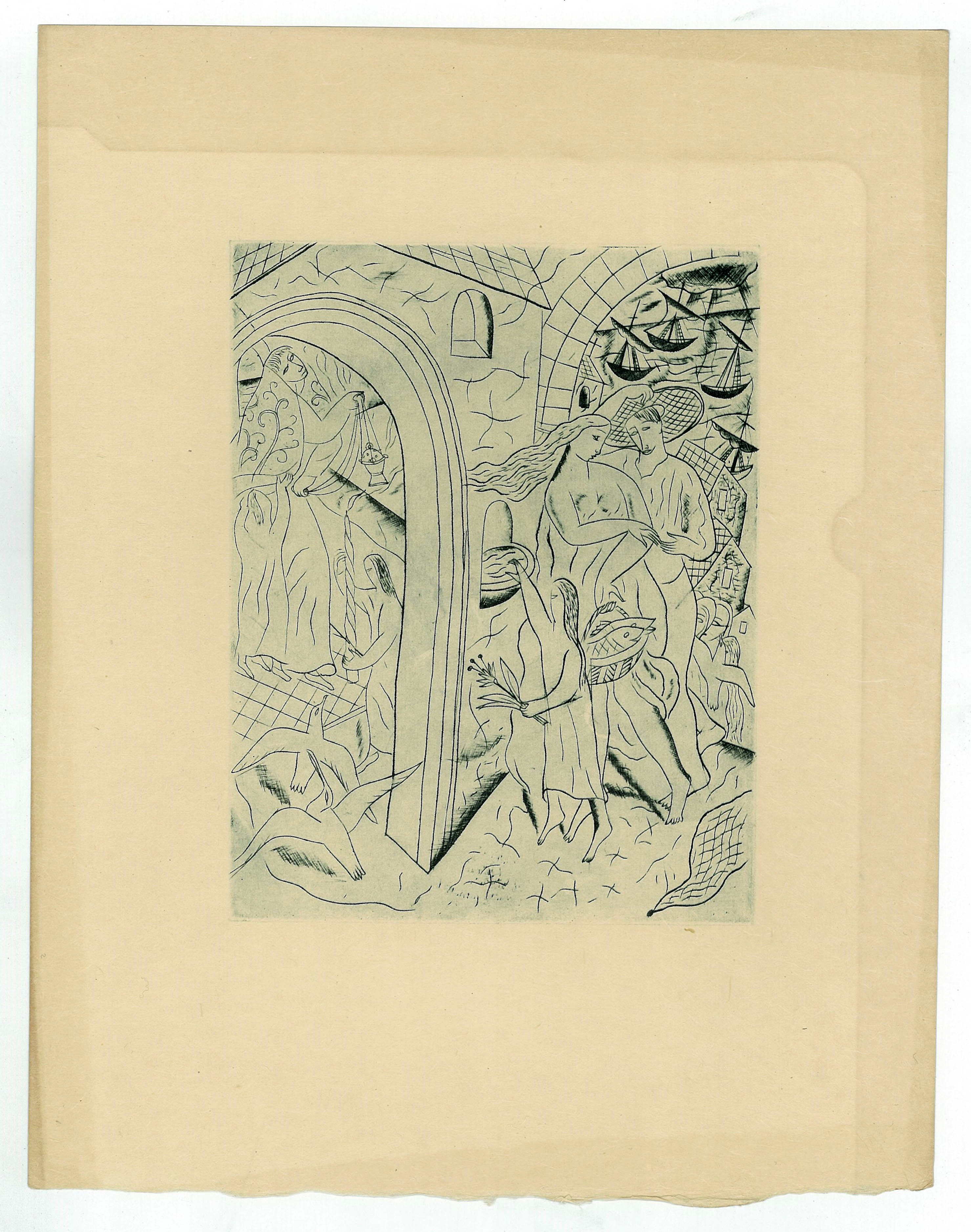
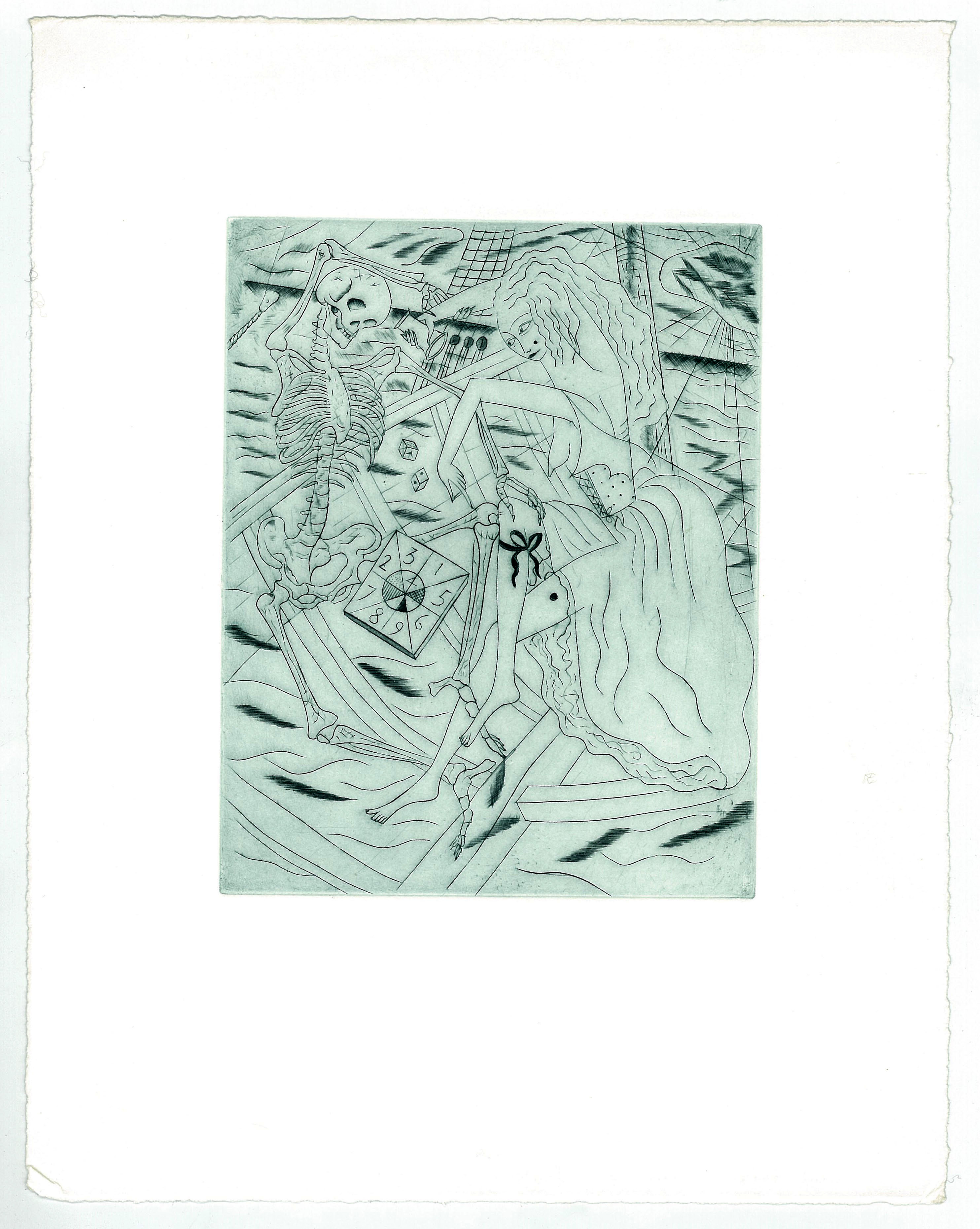
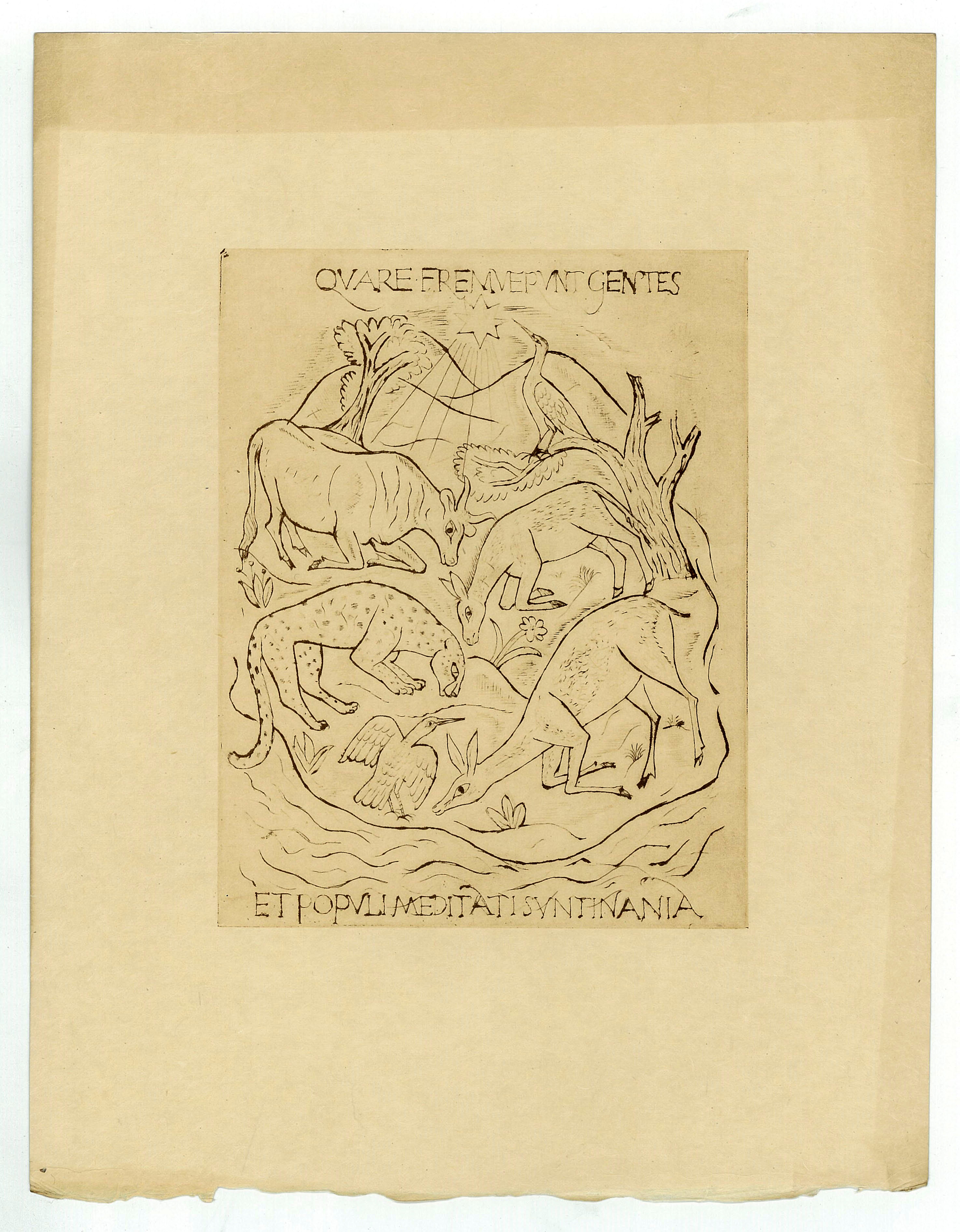
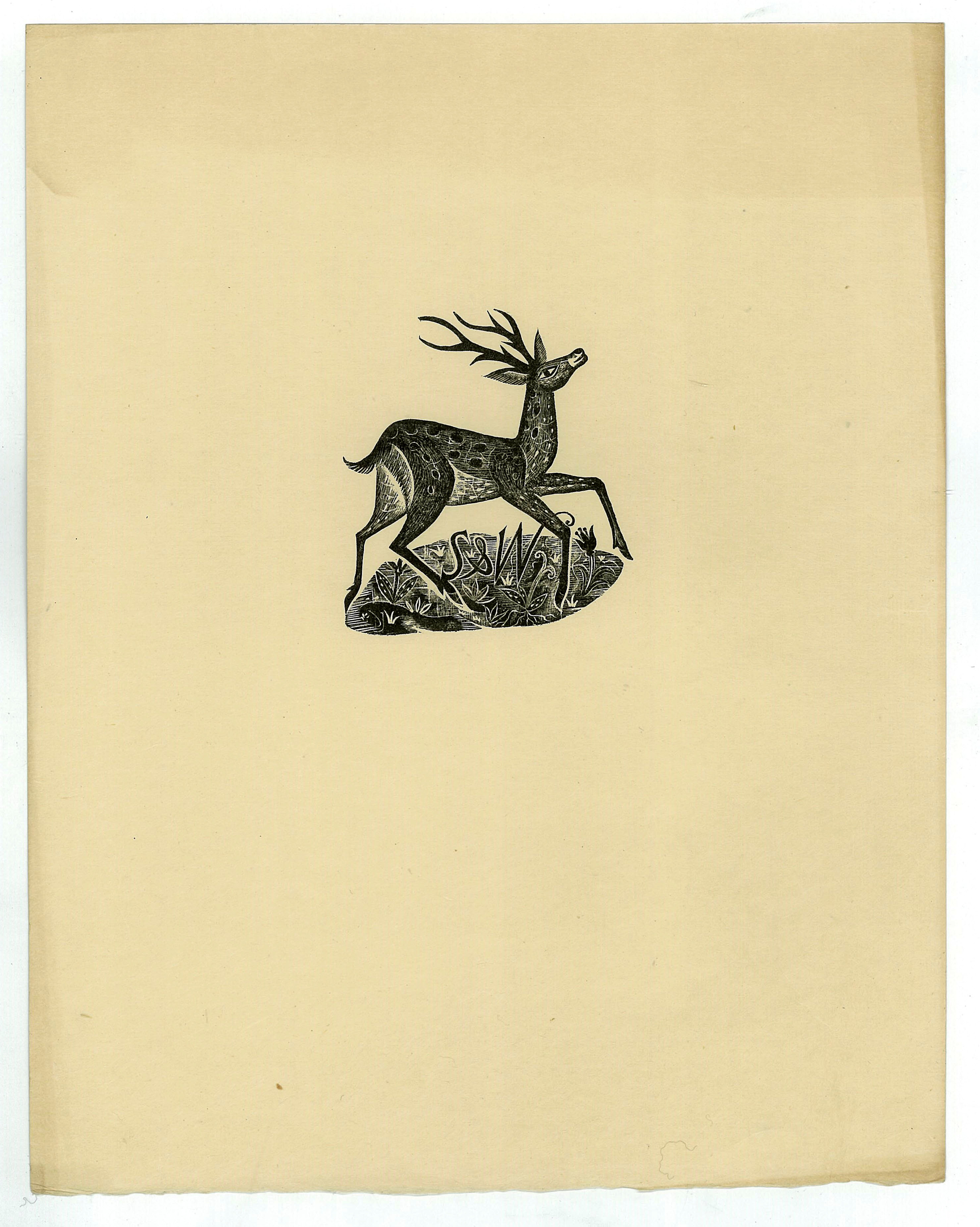
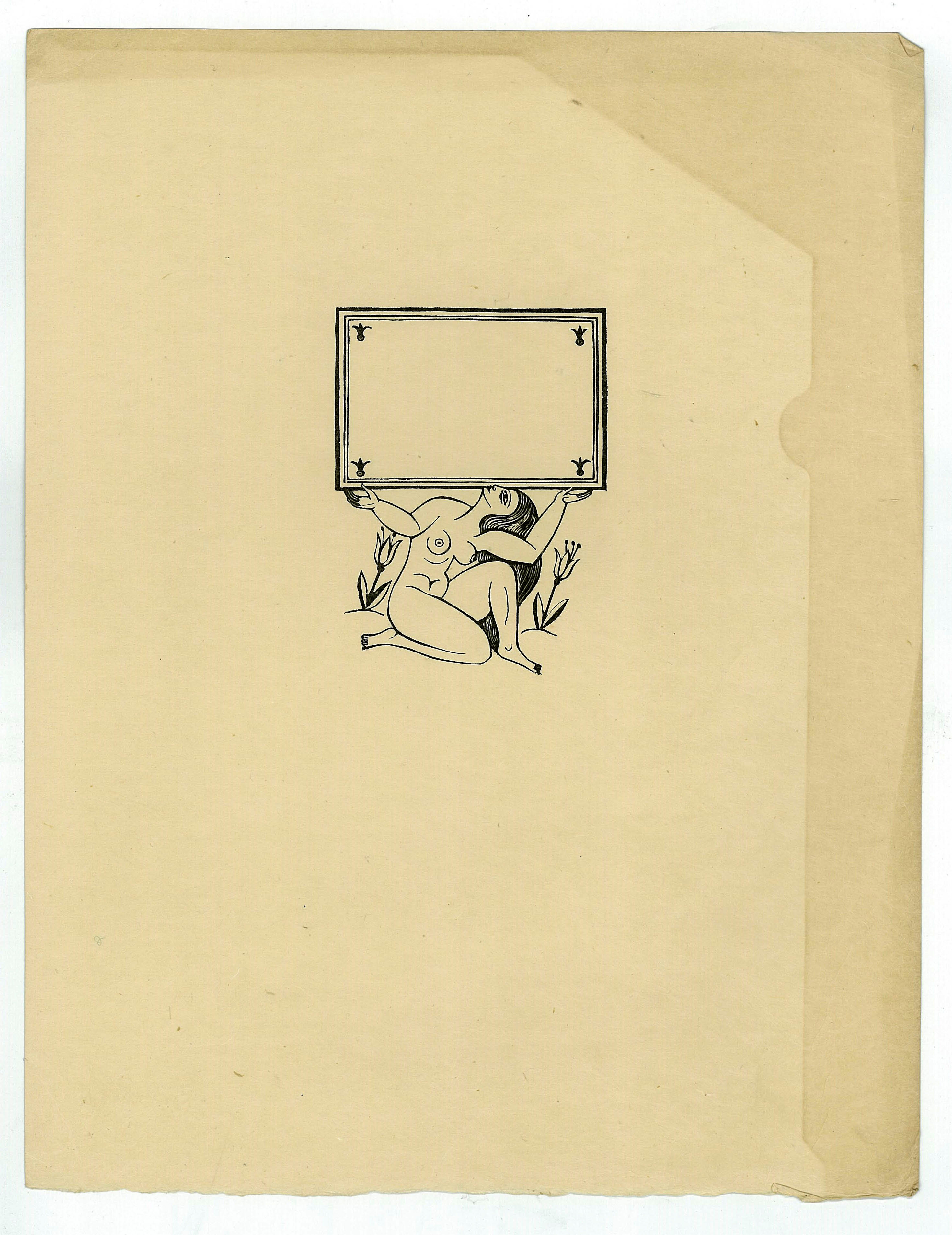
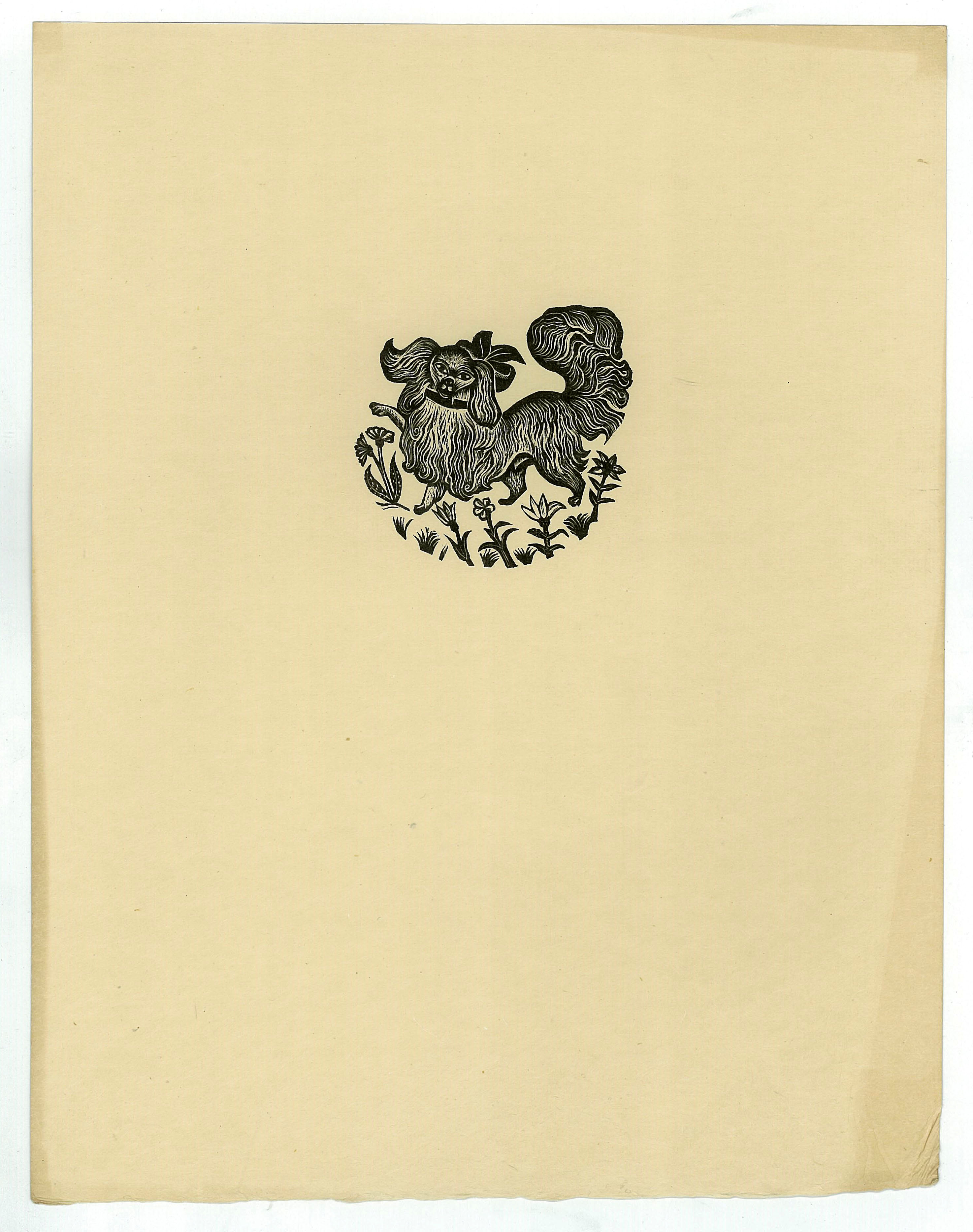
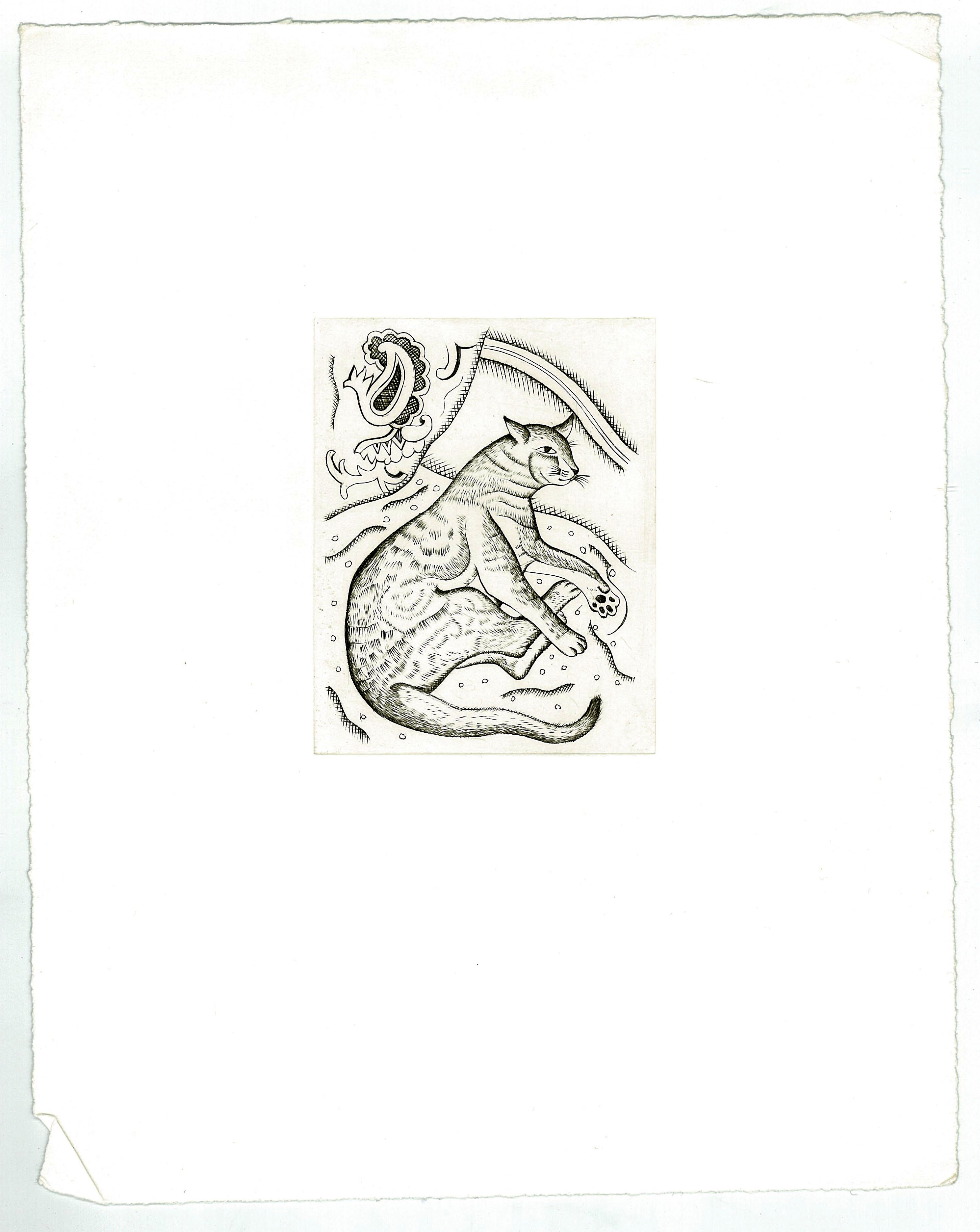
This looks like my kind of place.
The Hagreen engraving is brilliant.